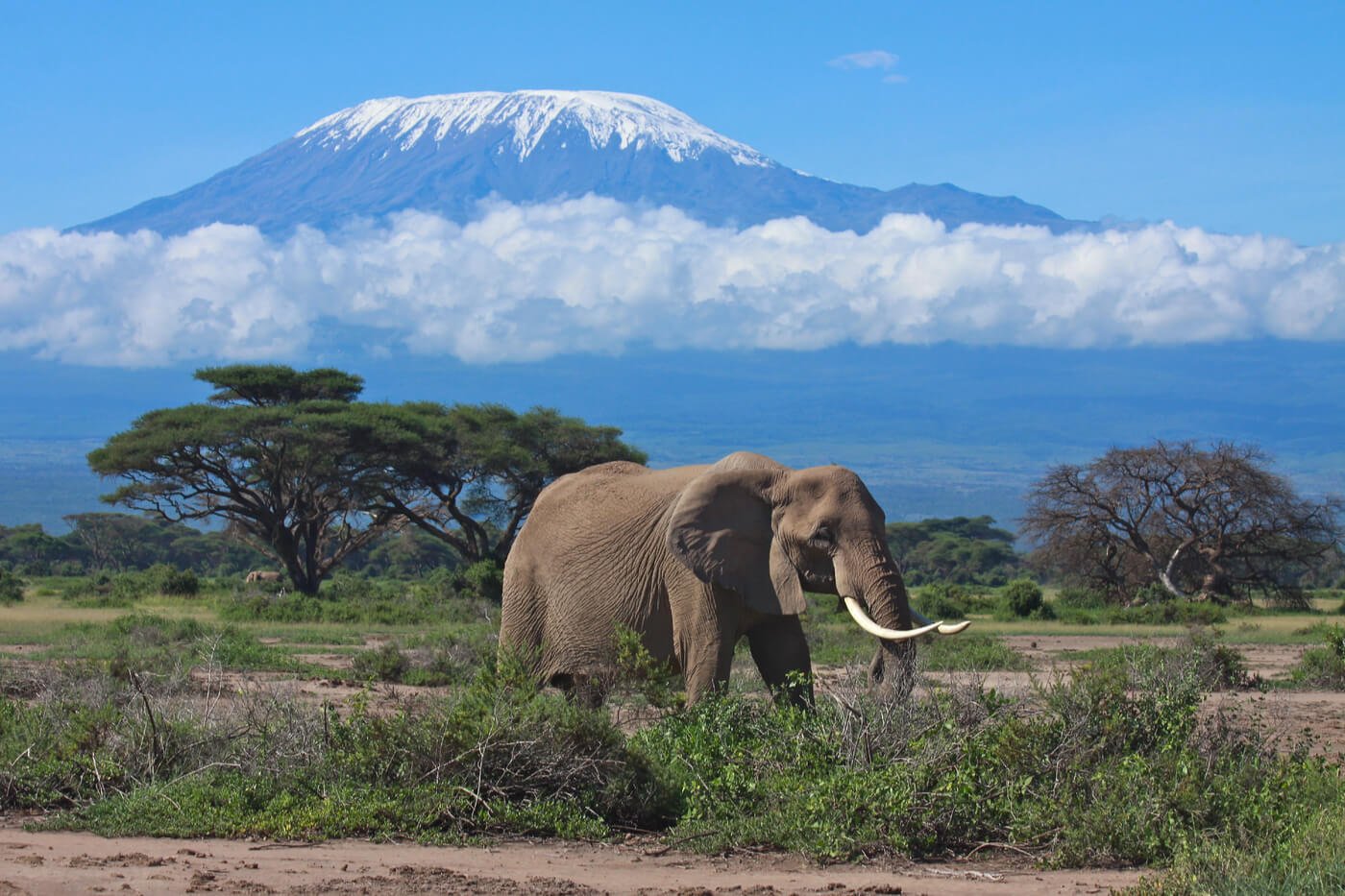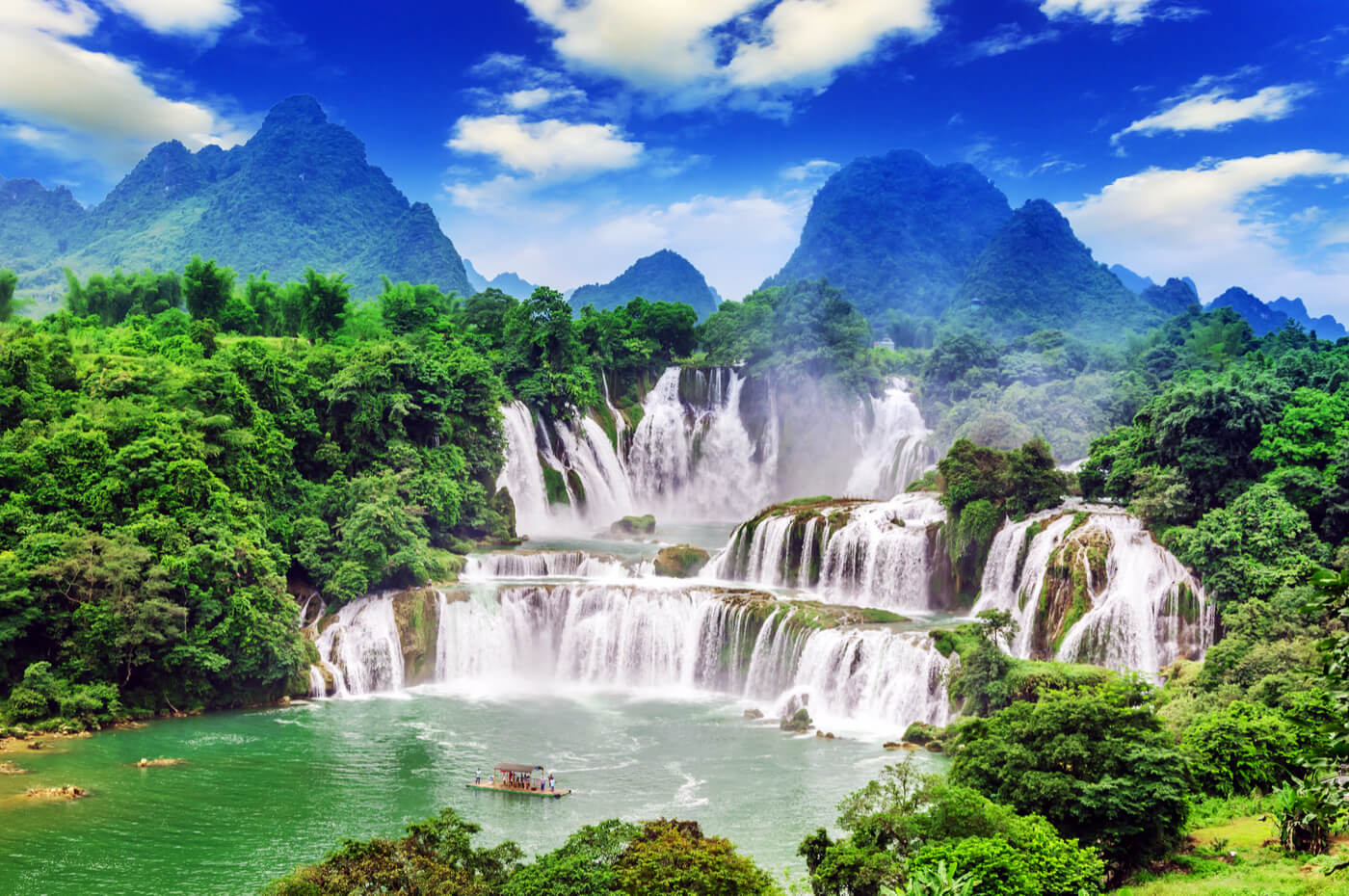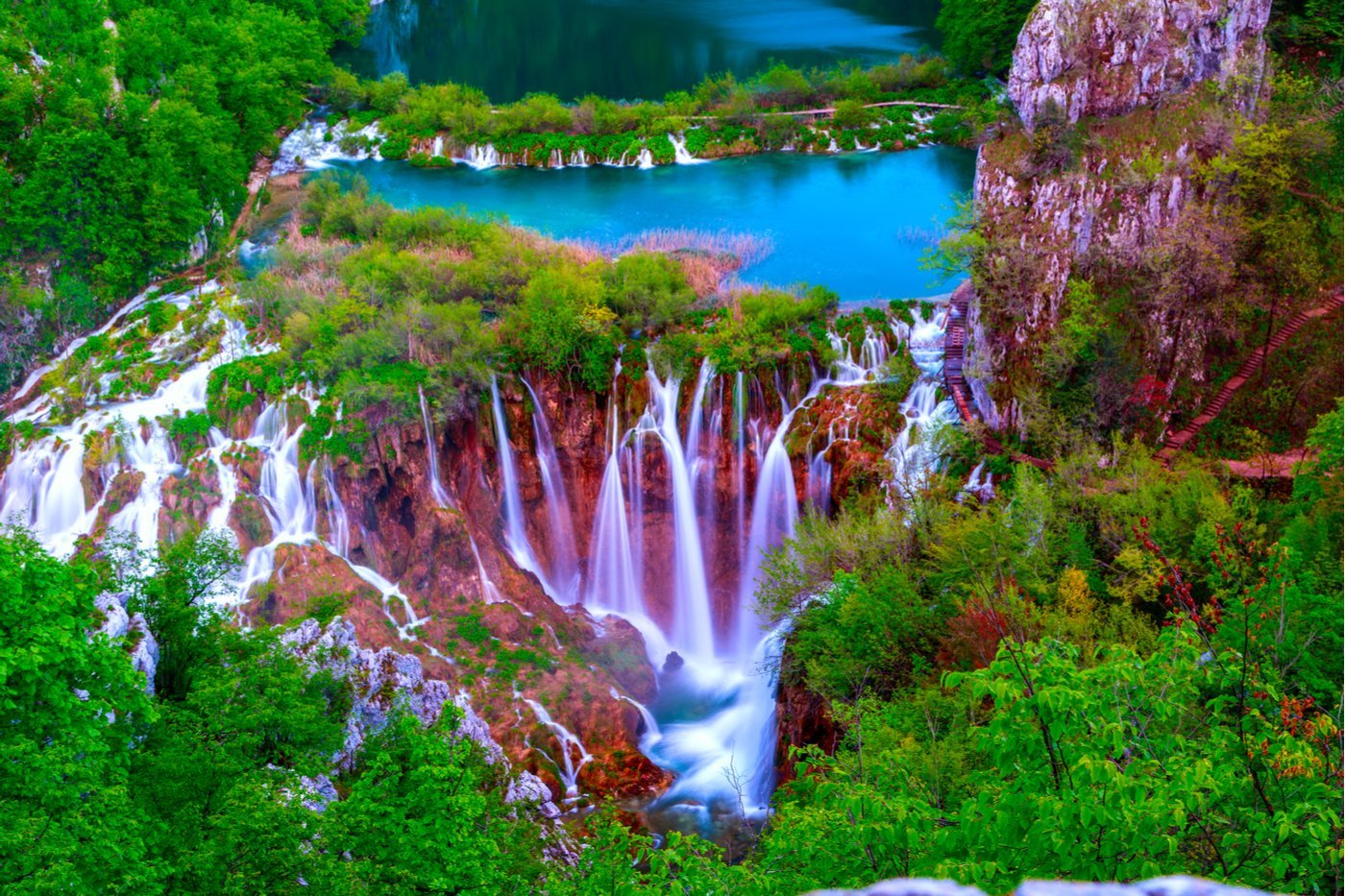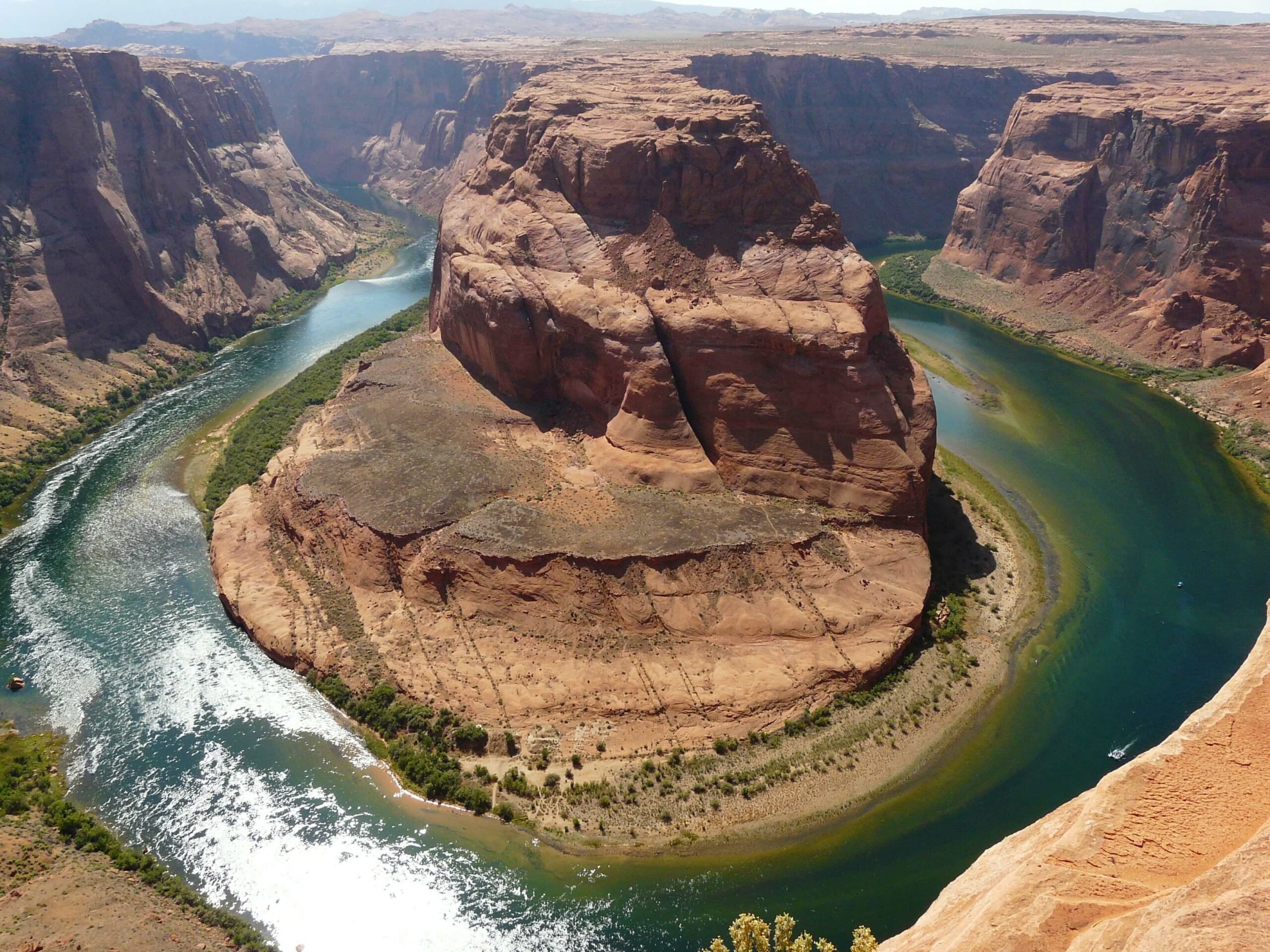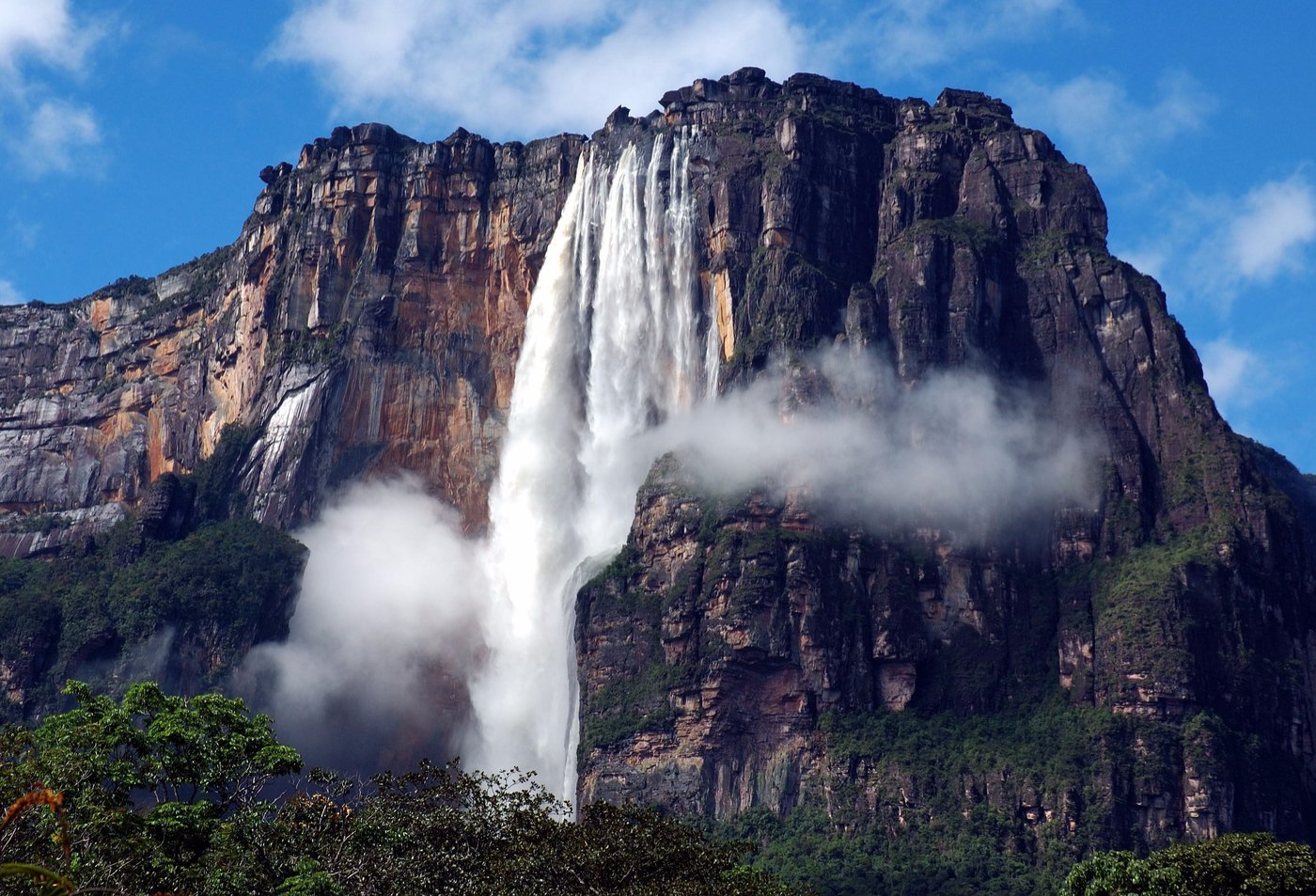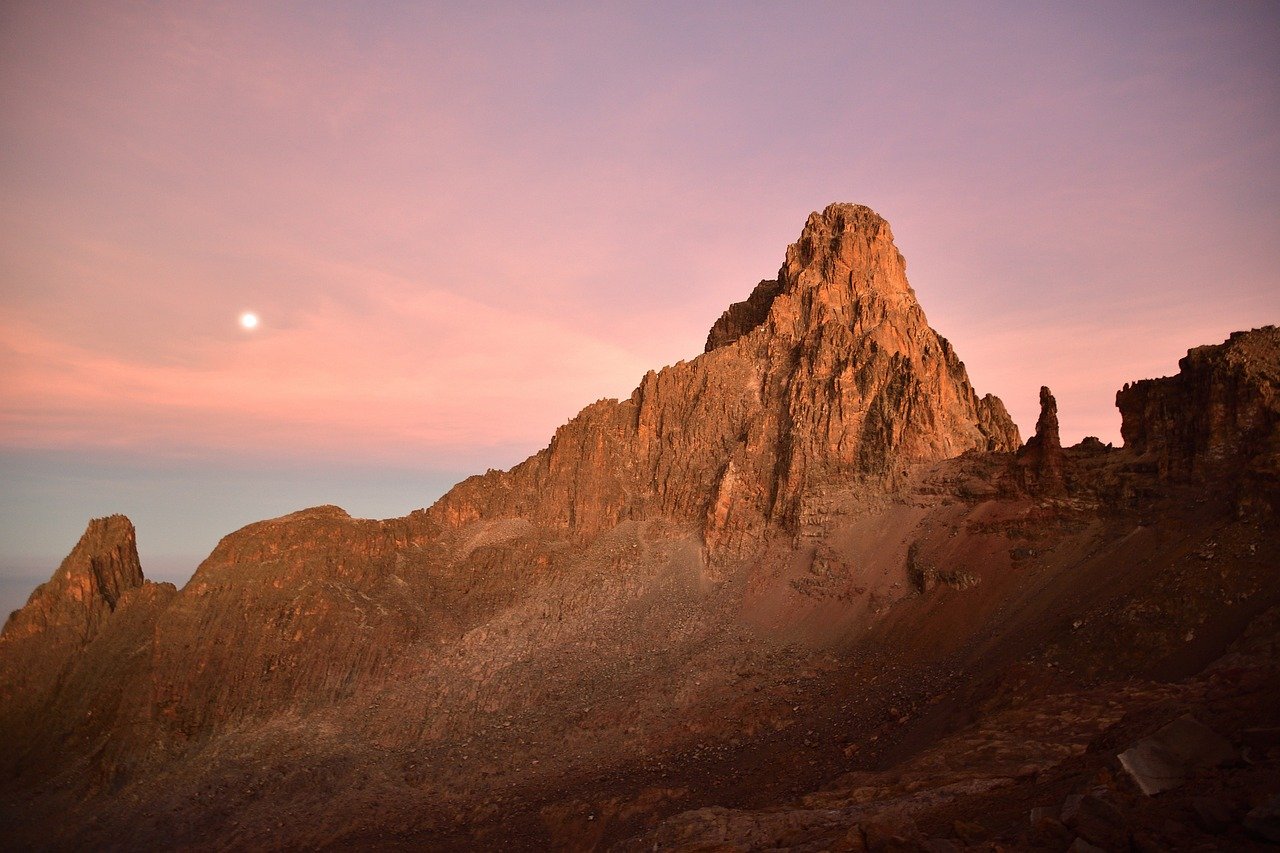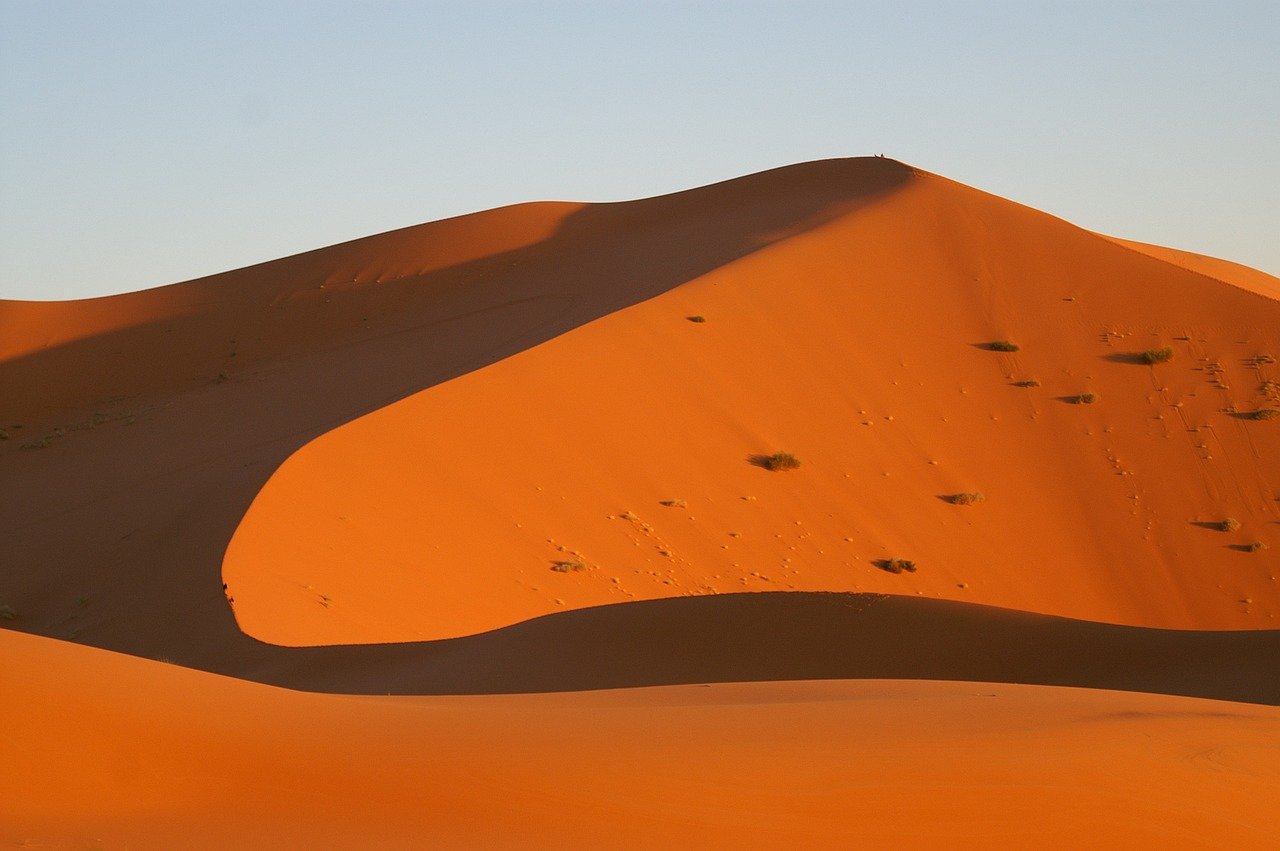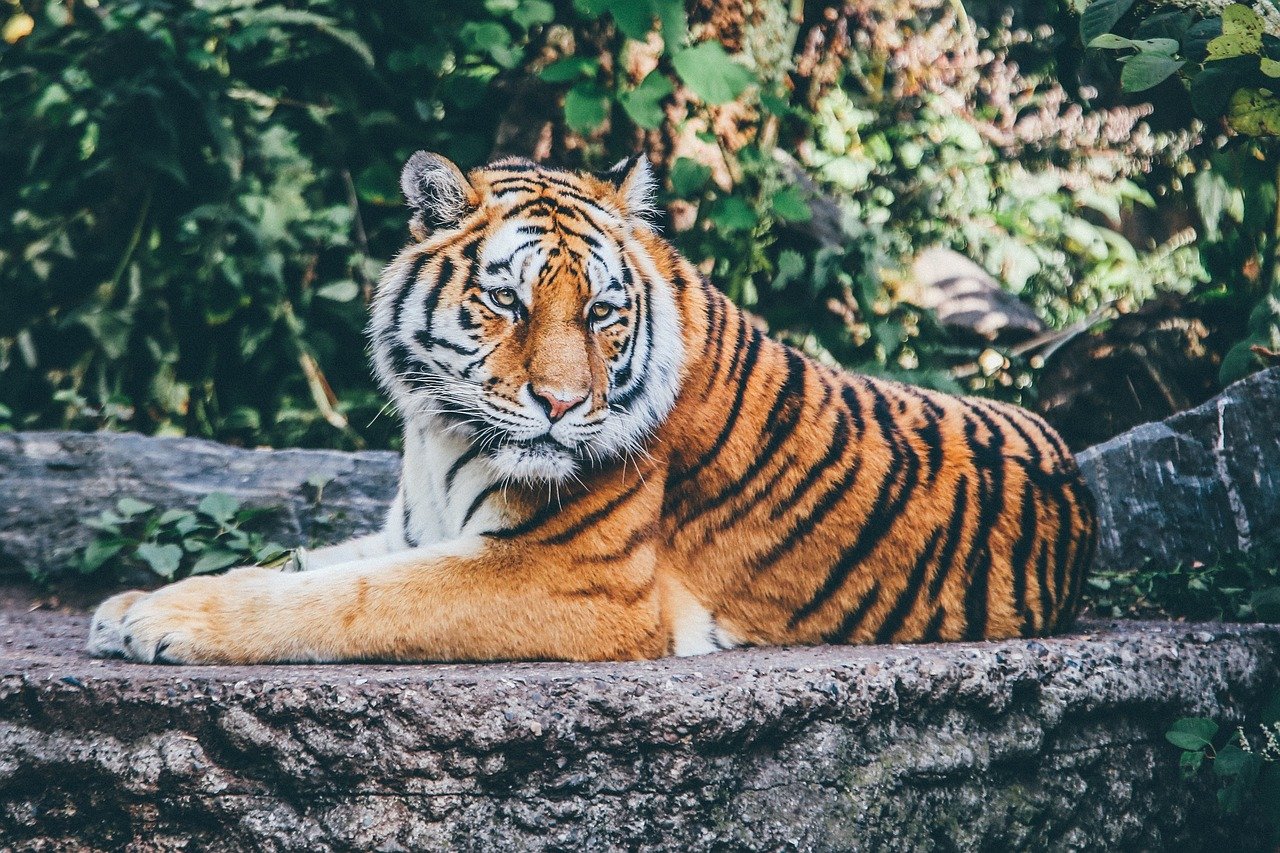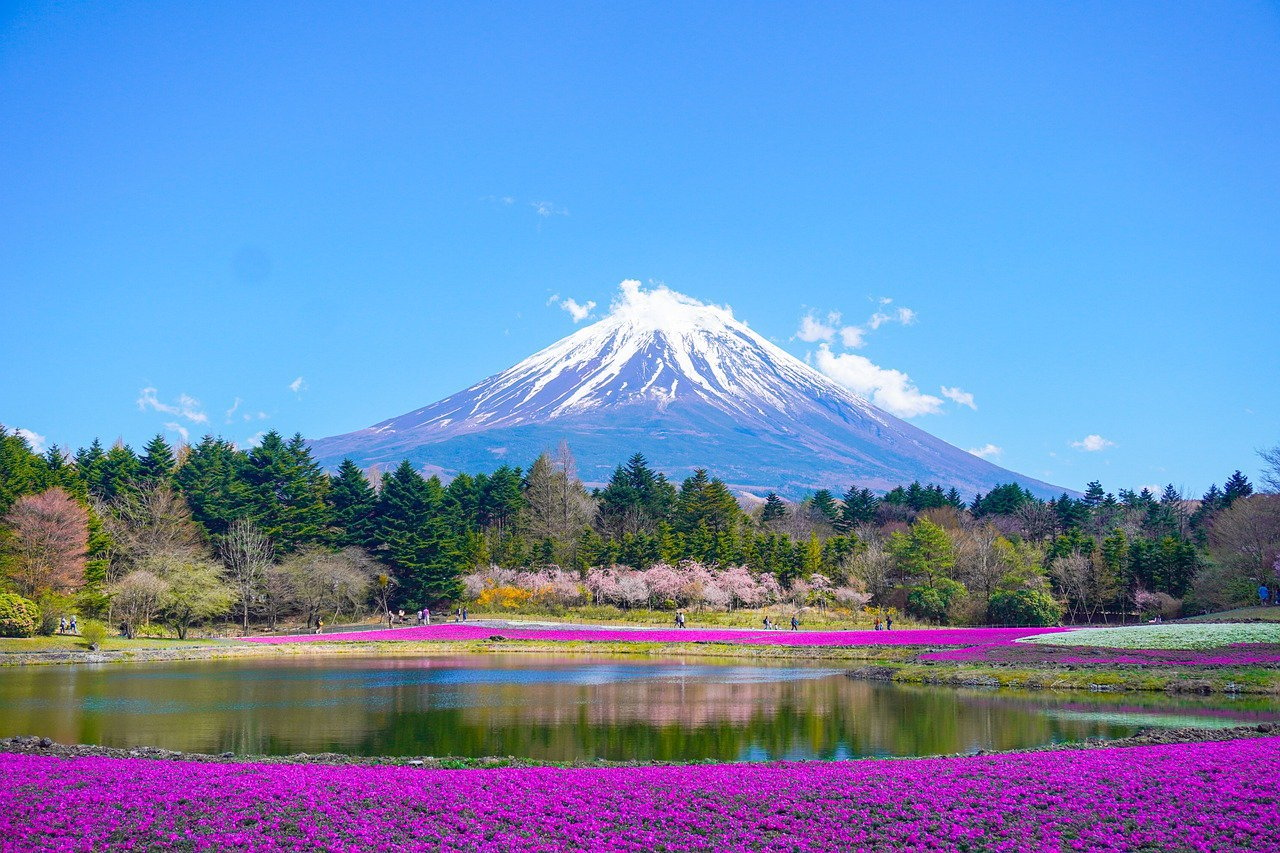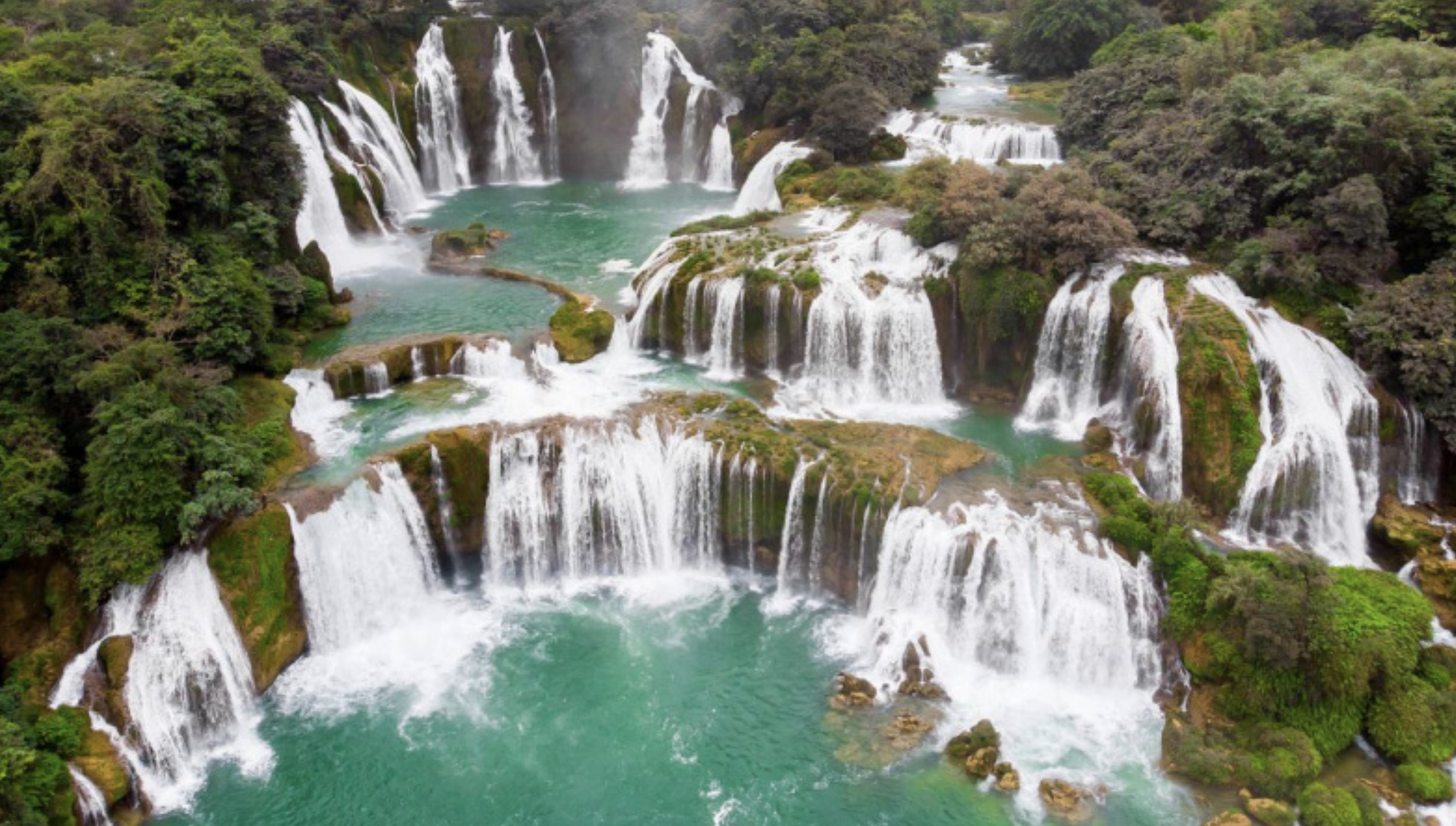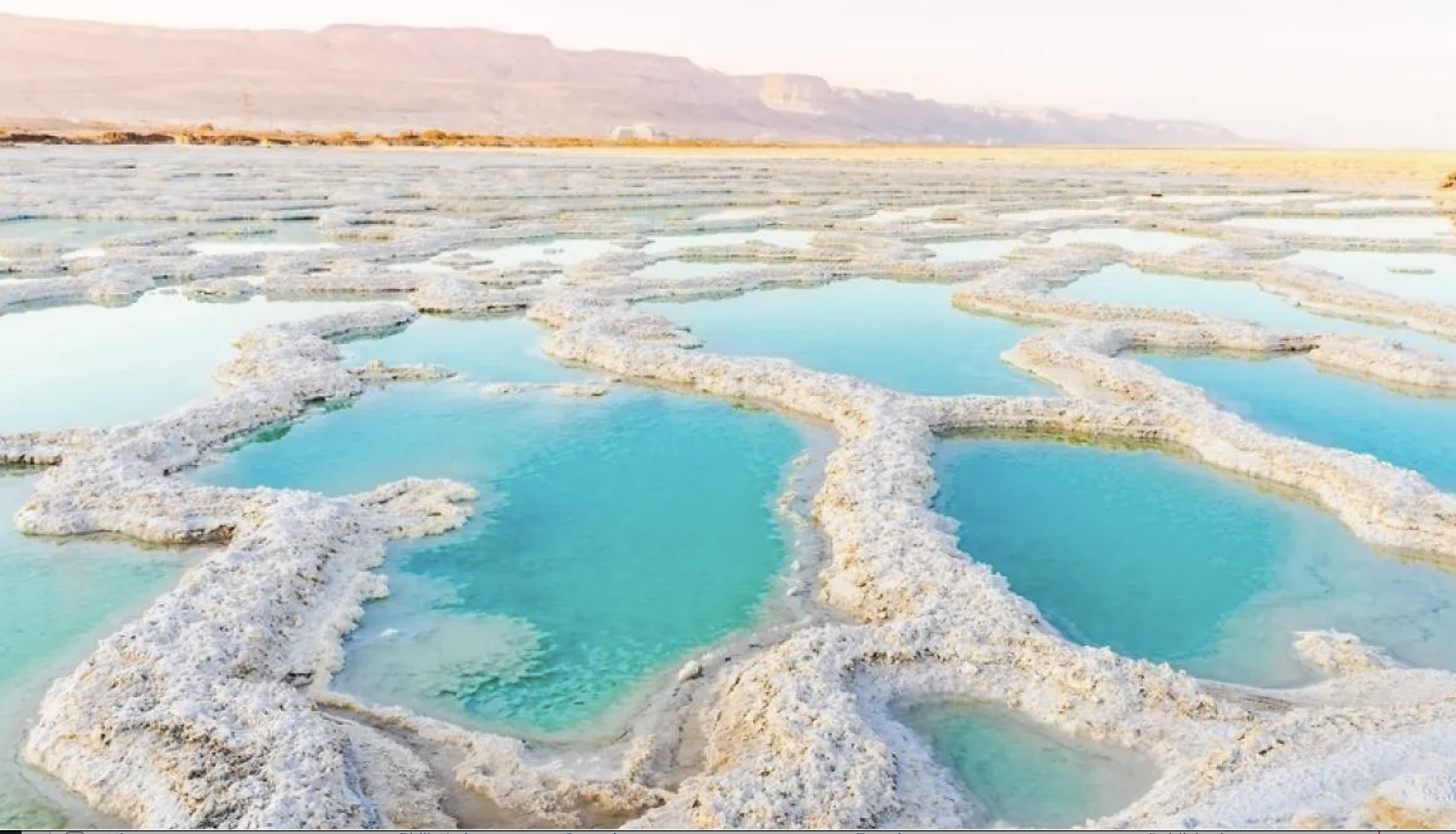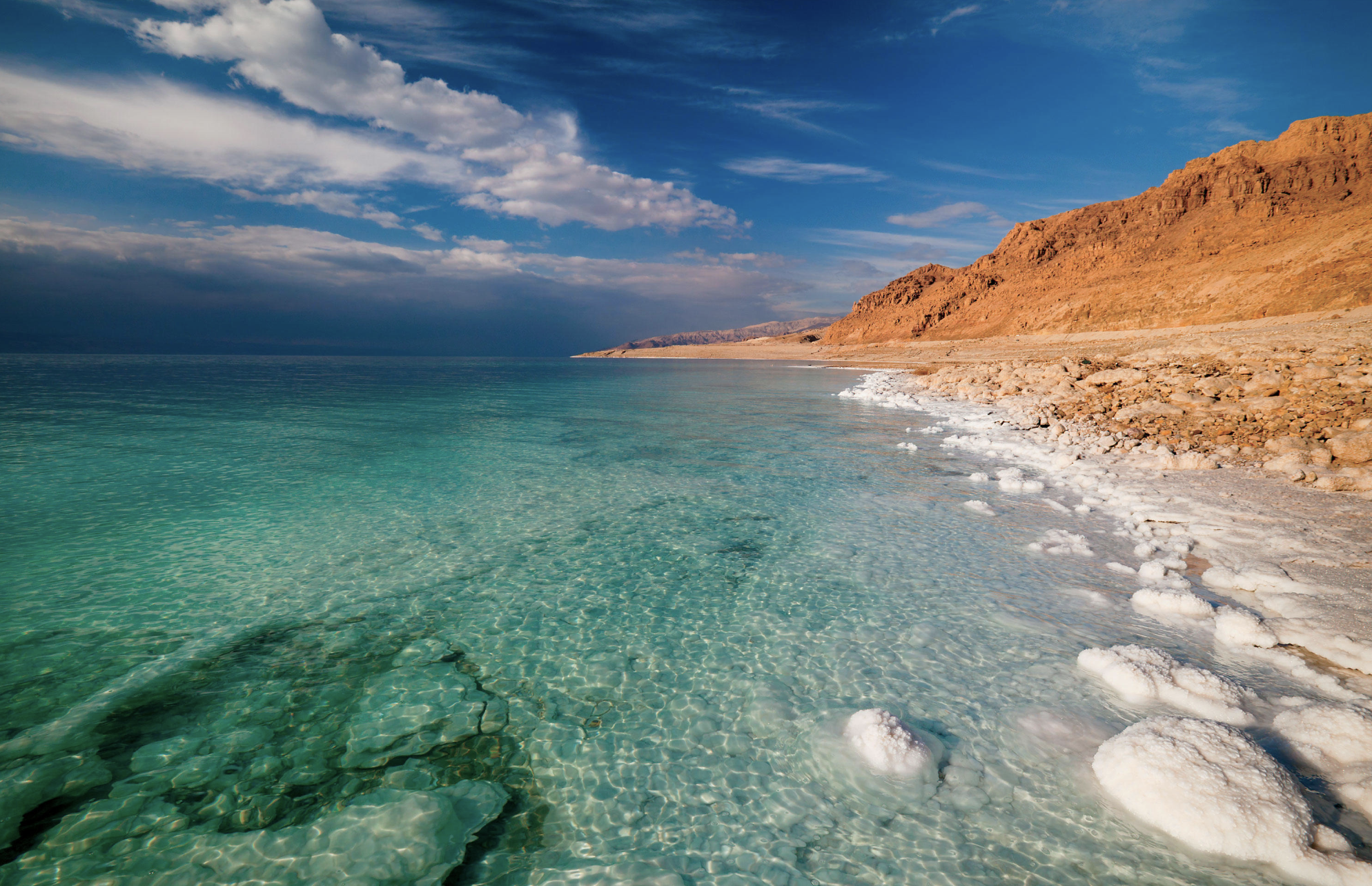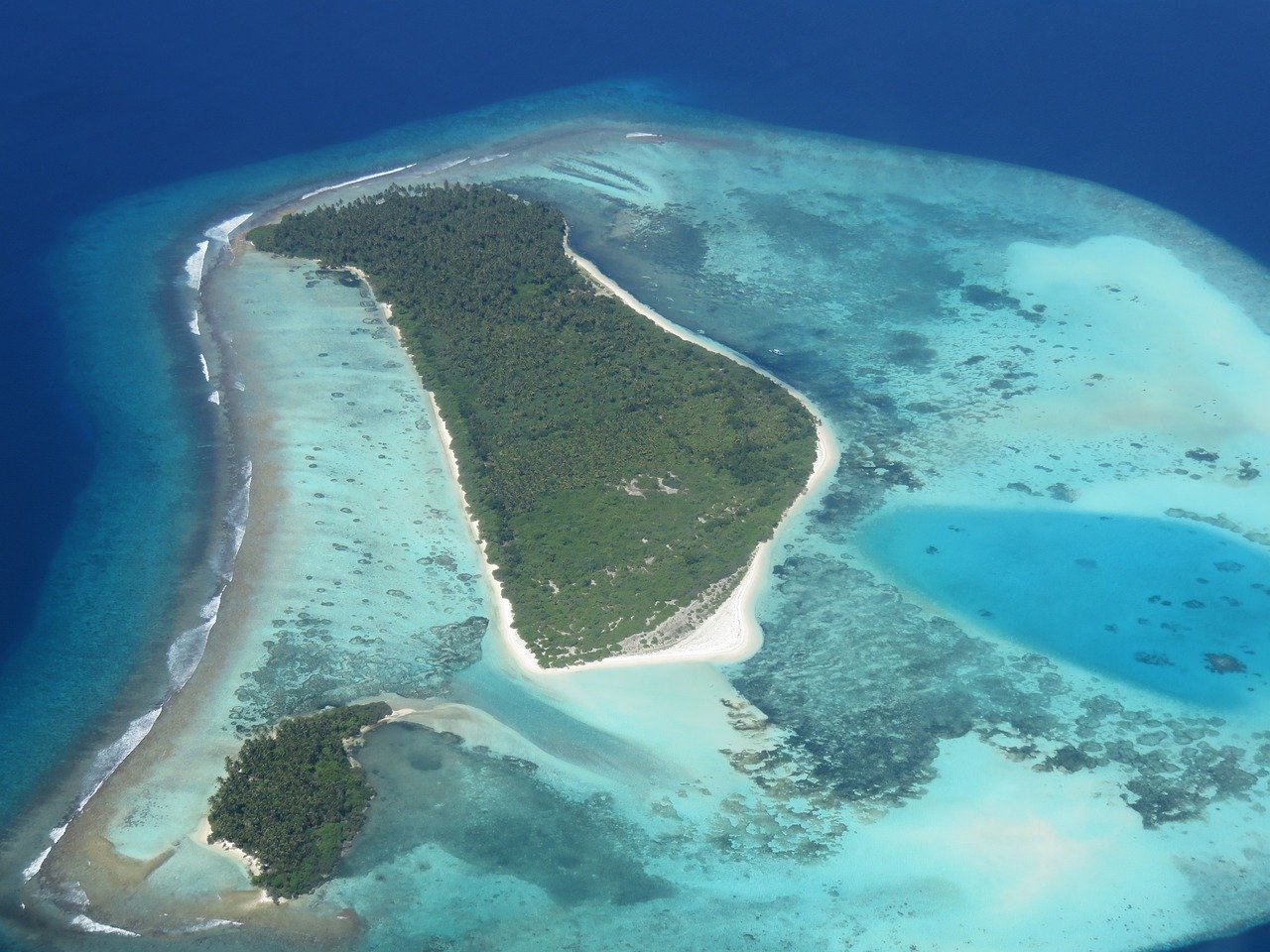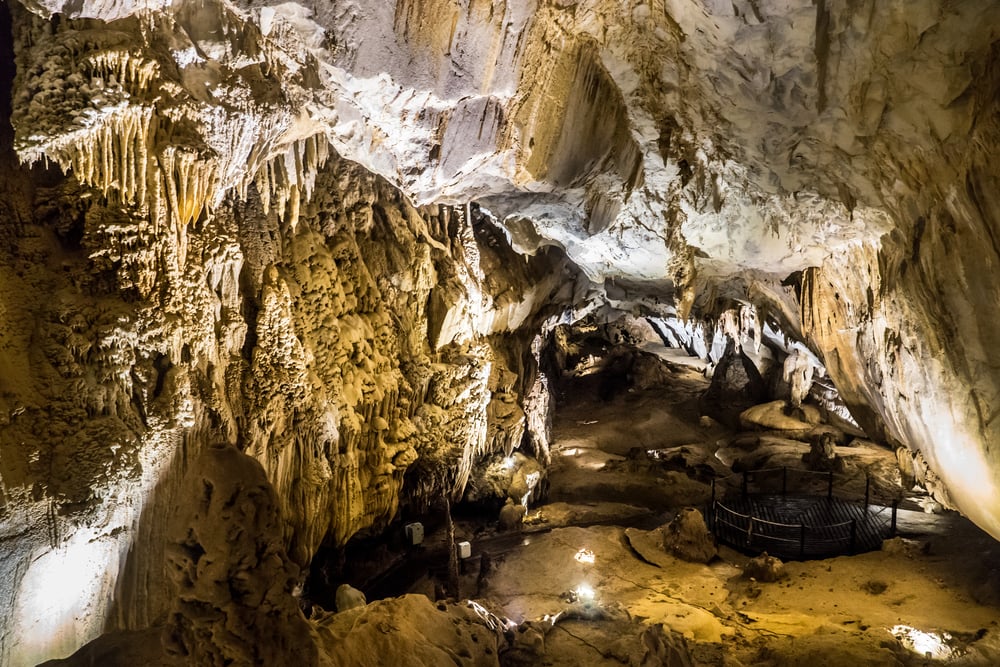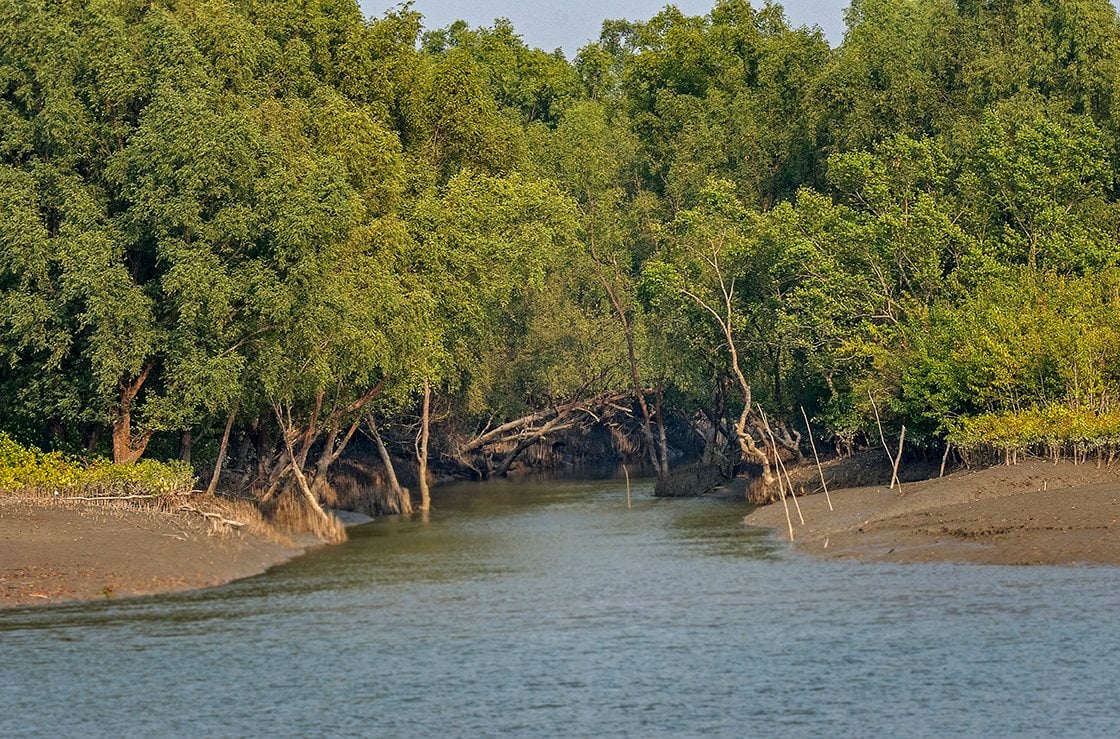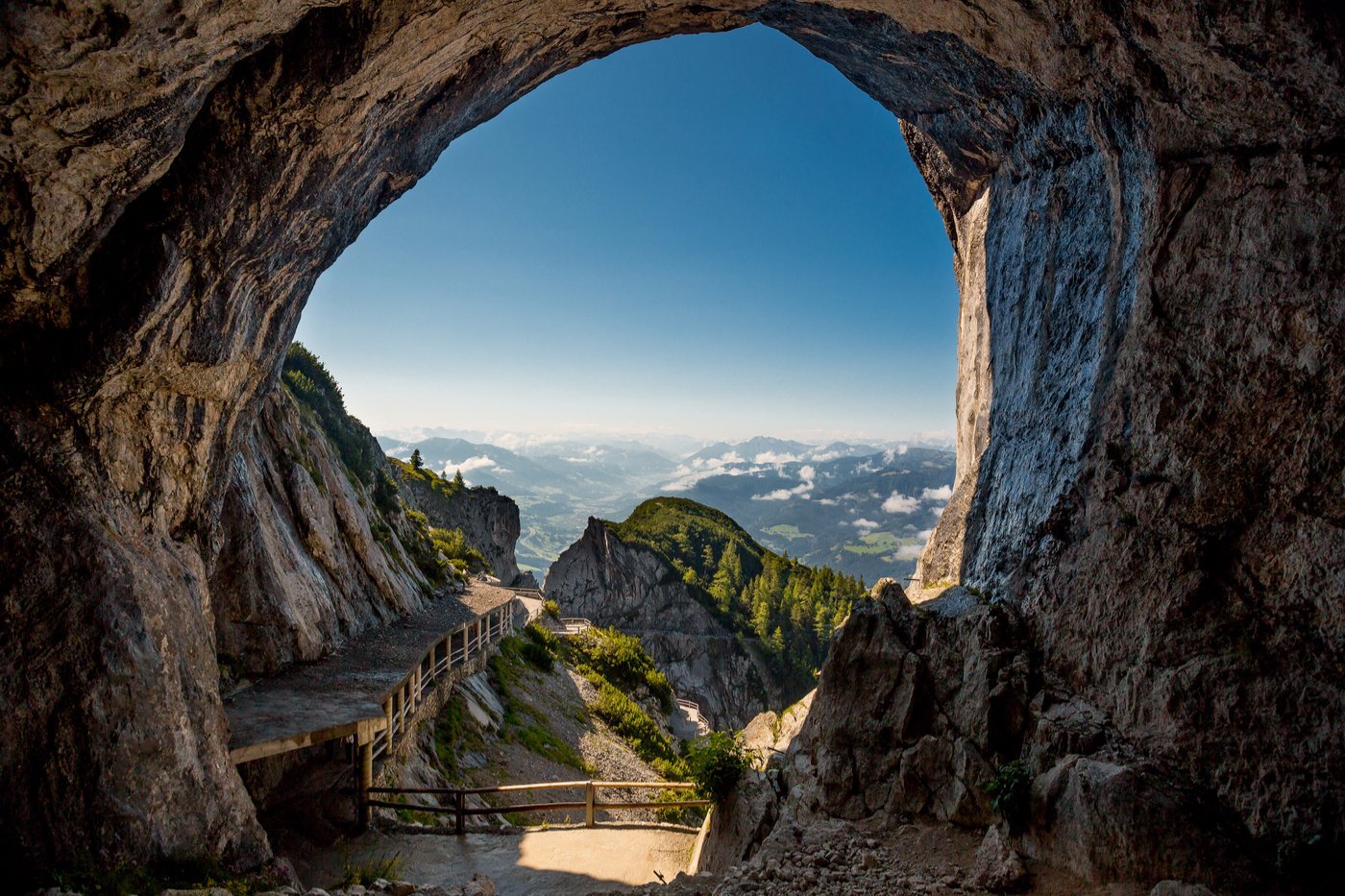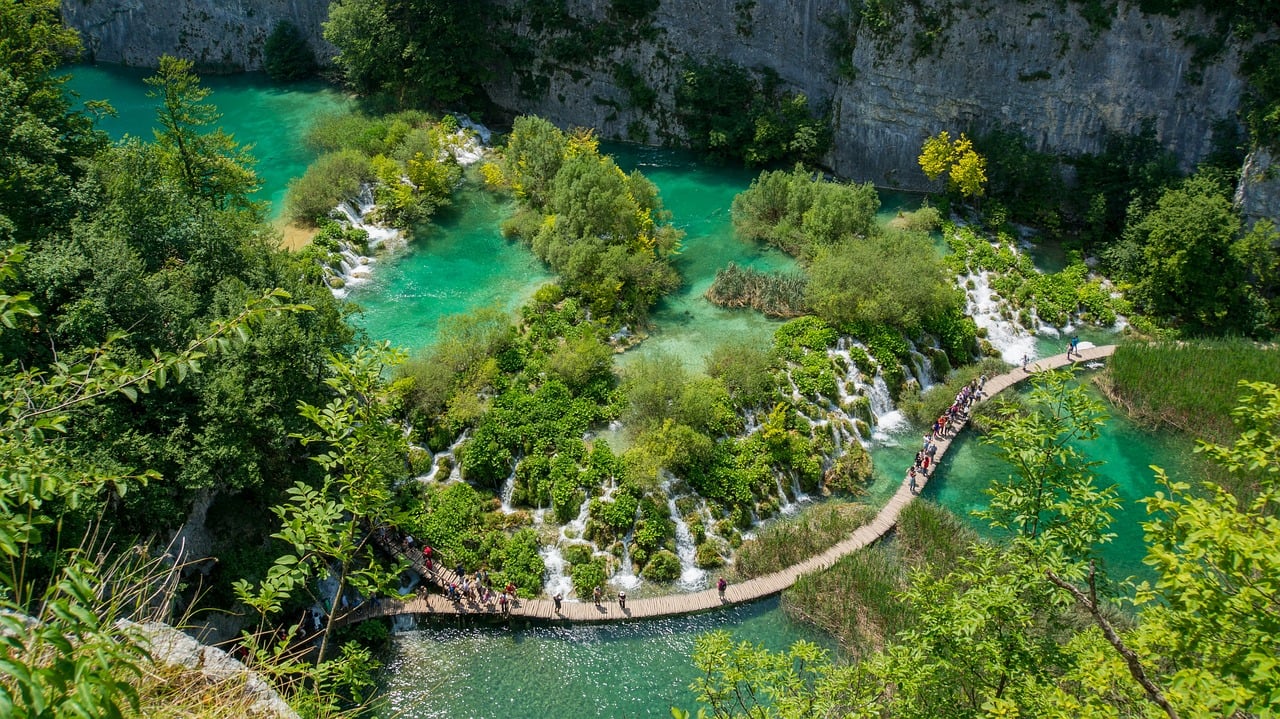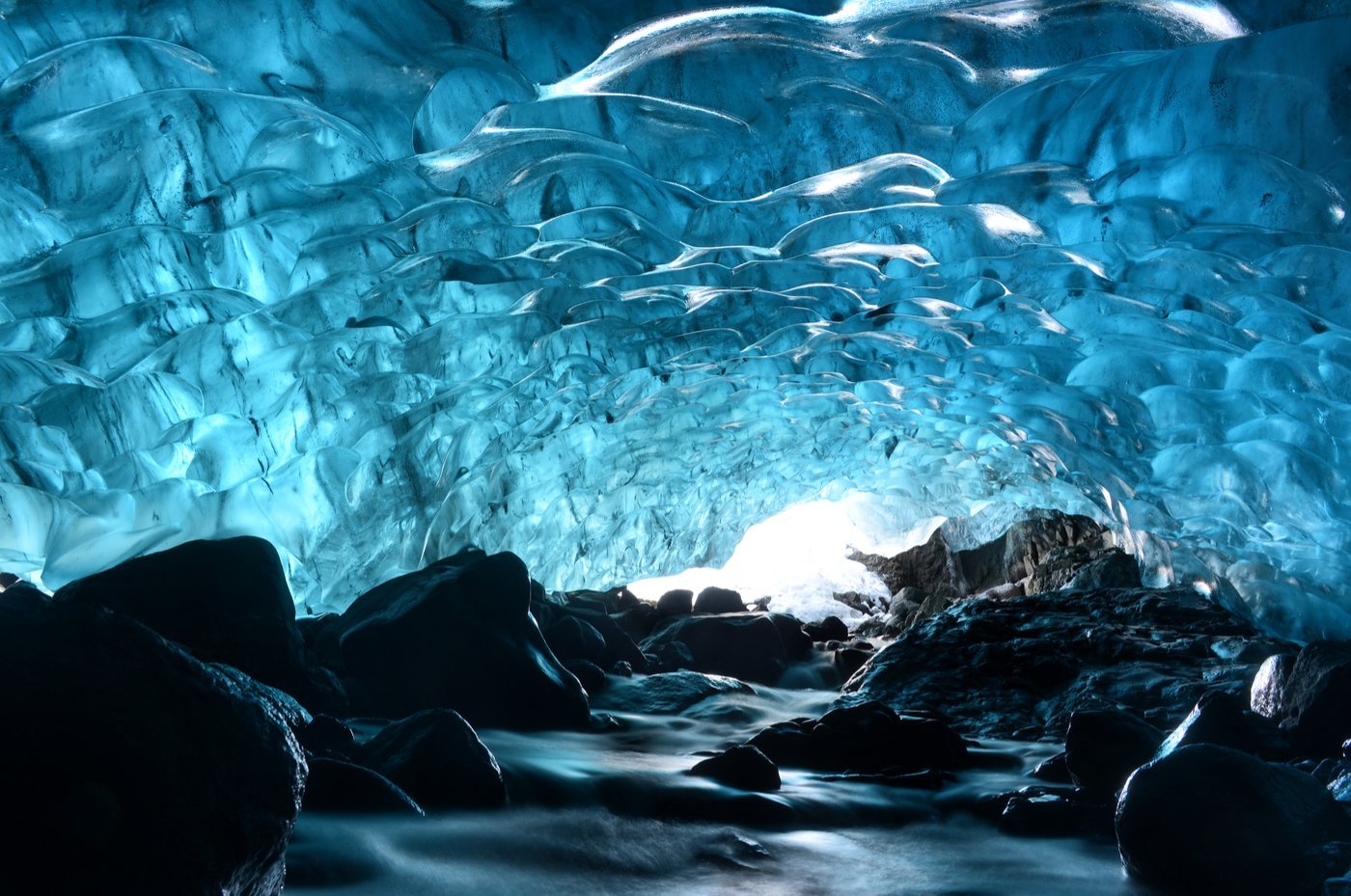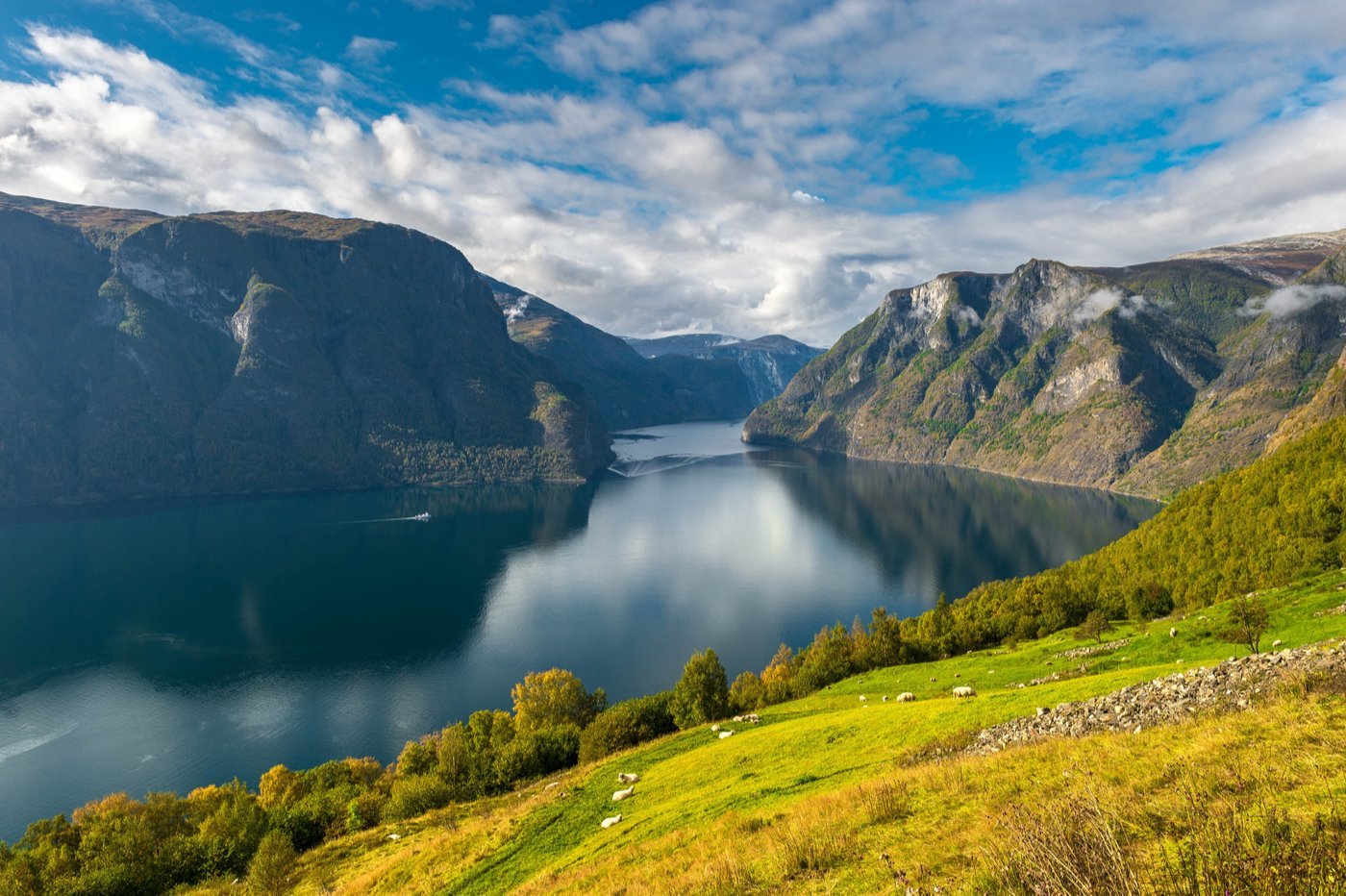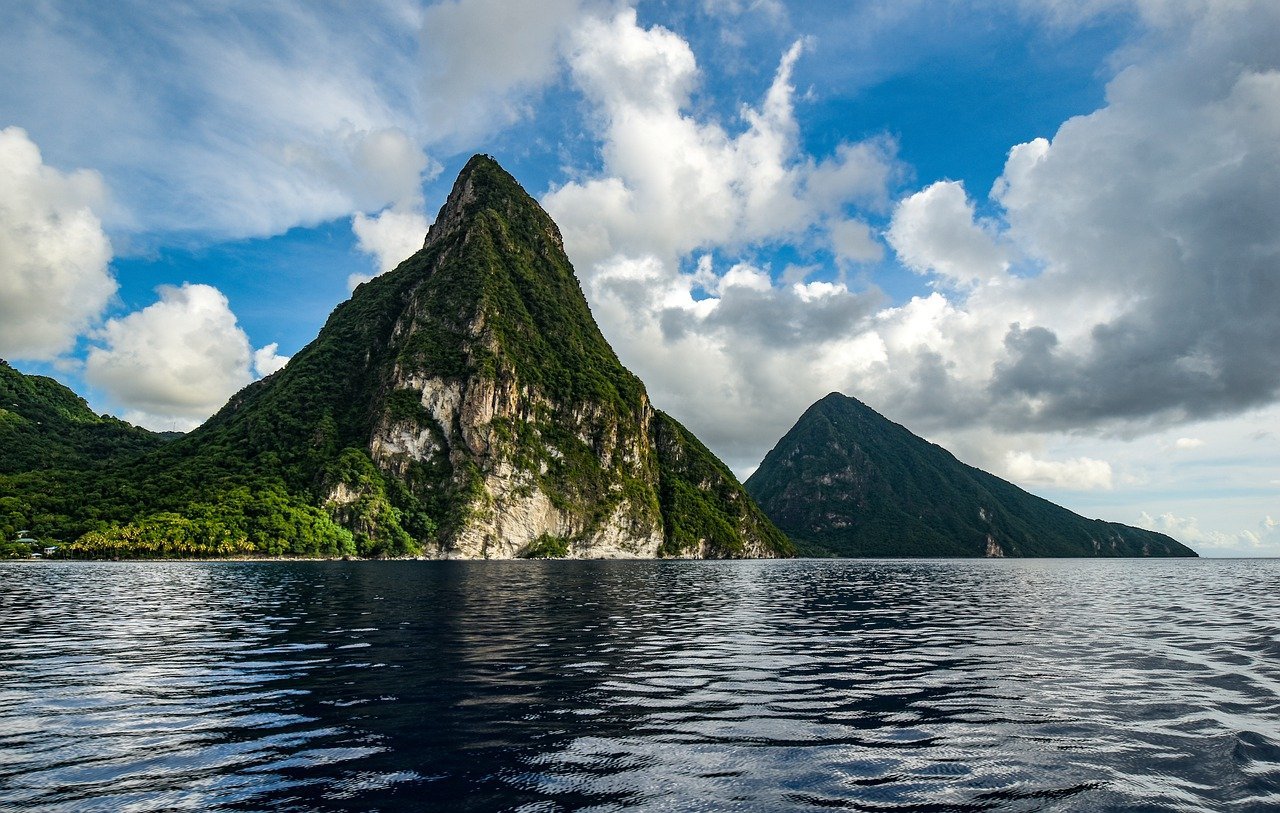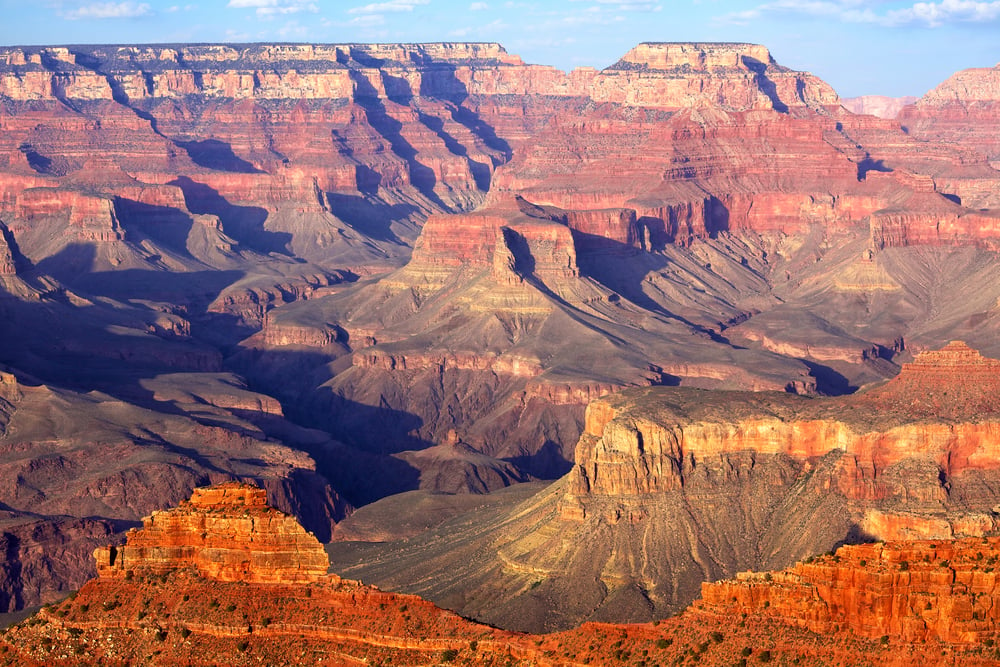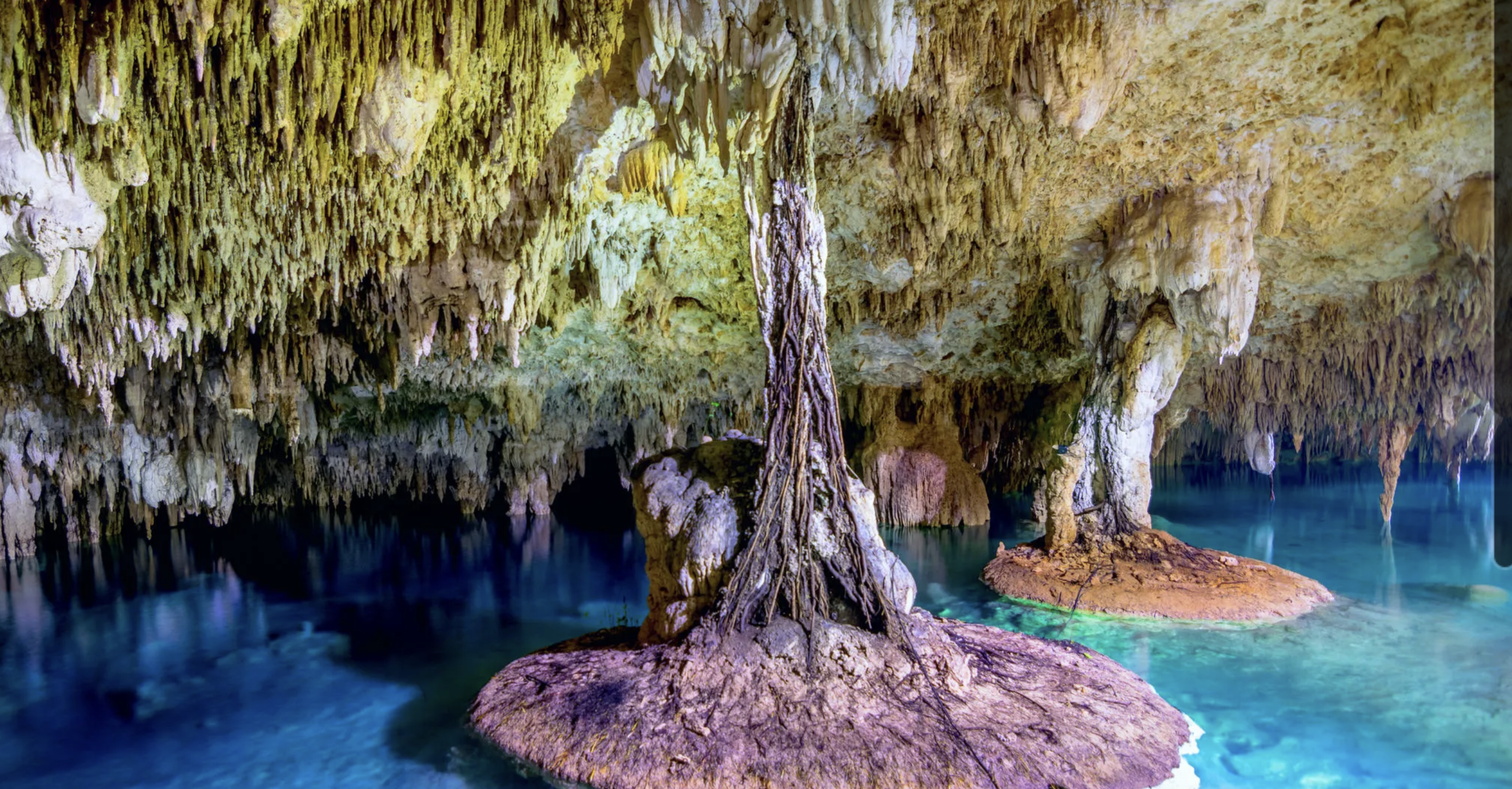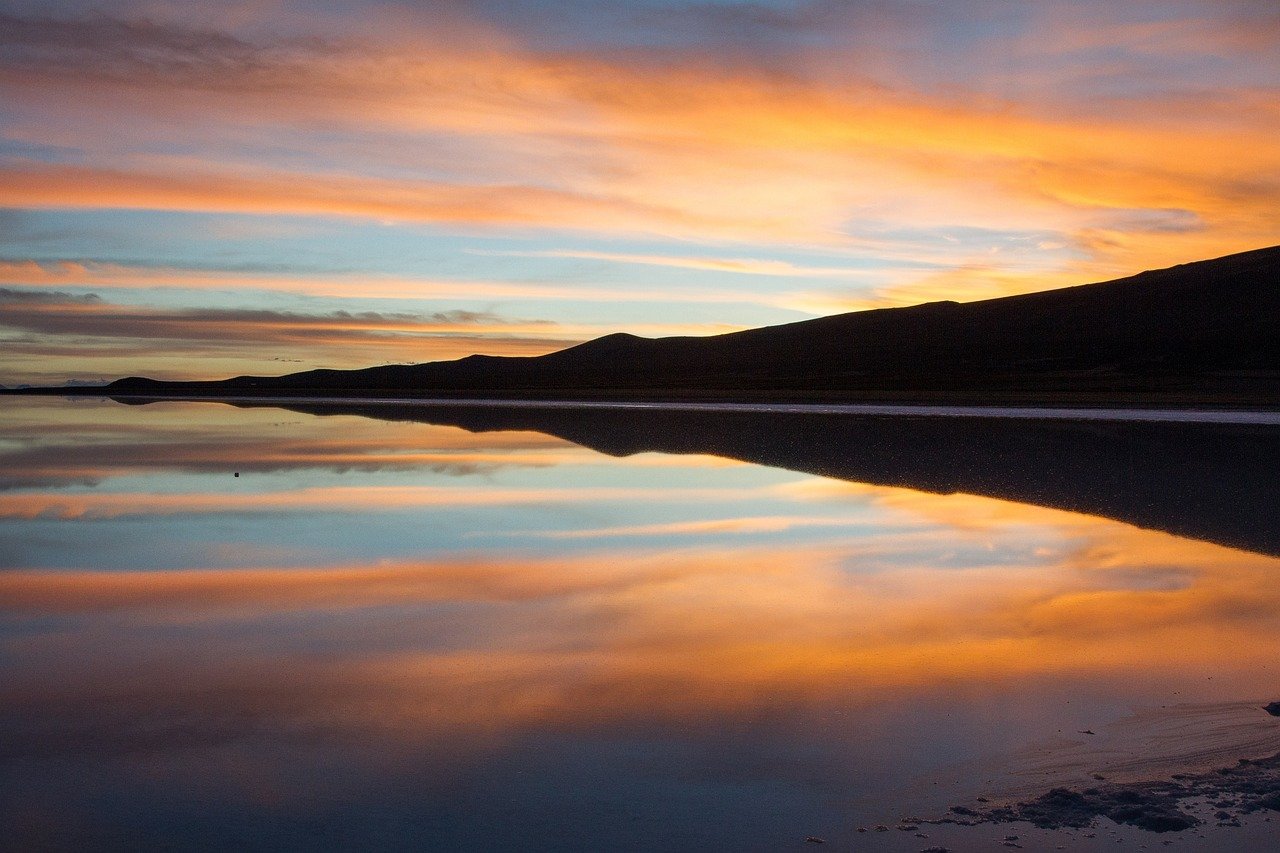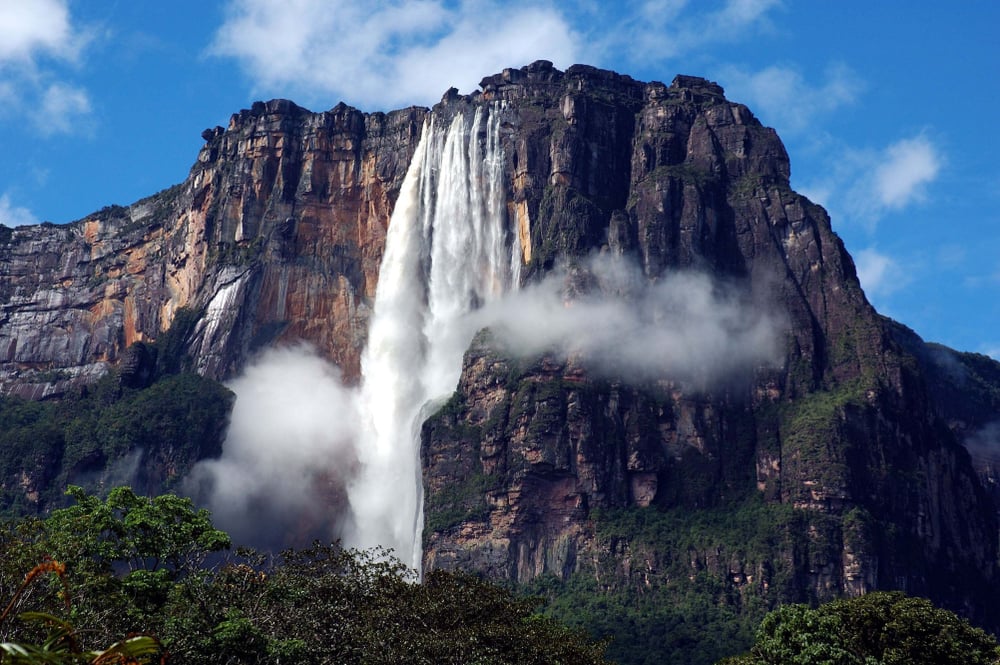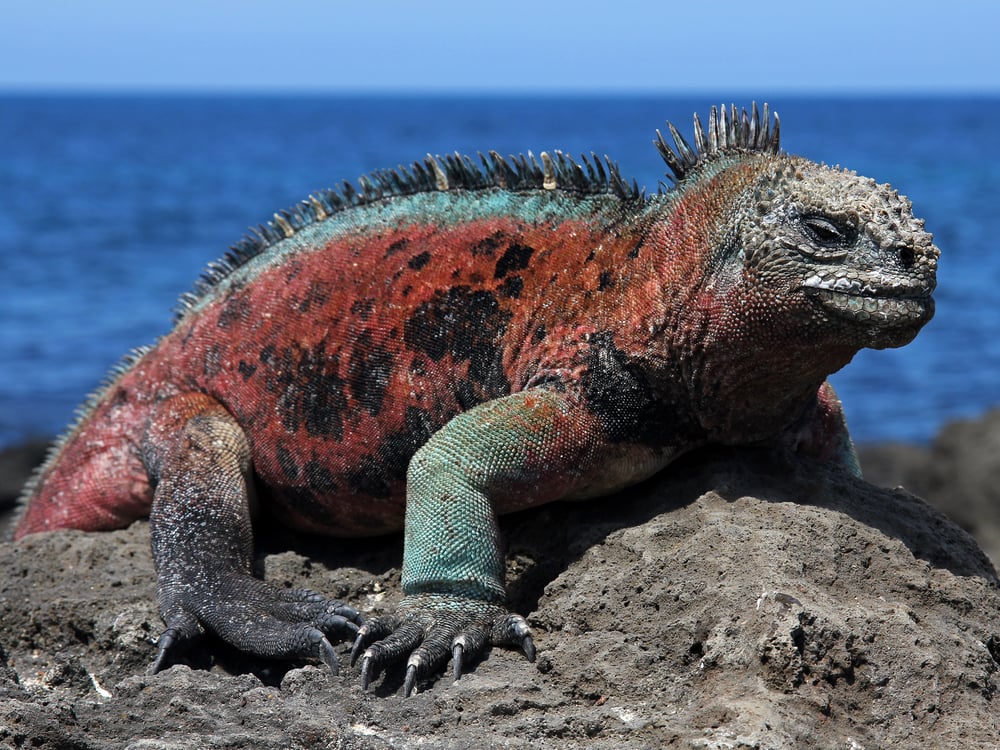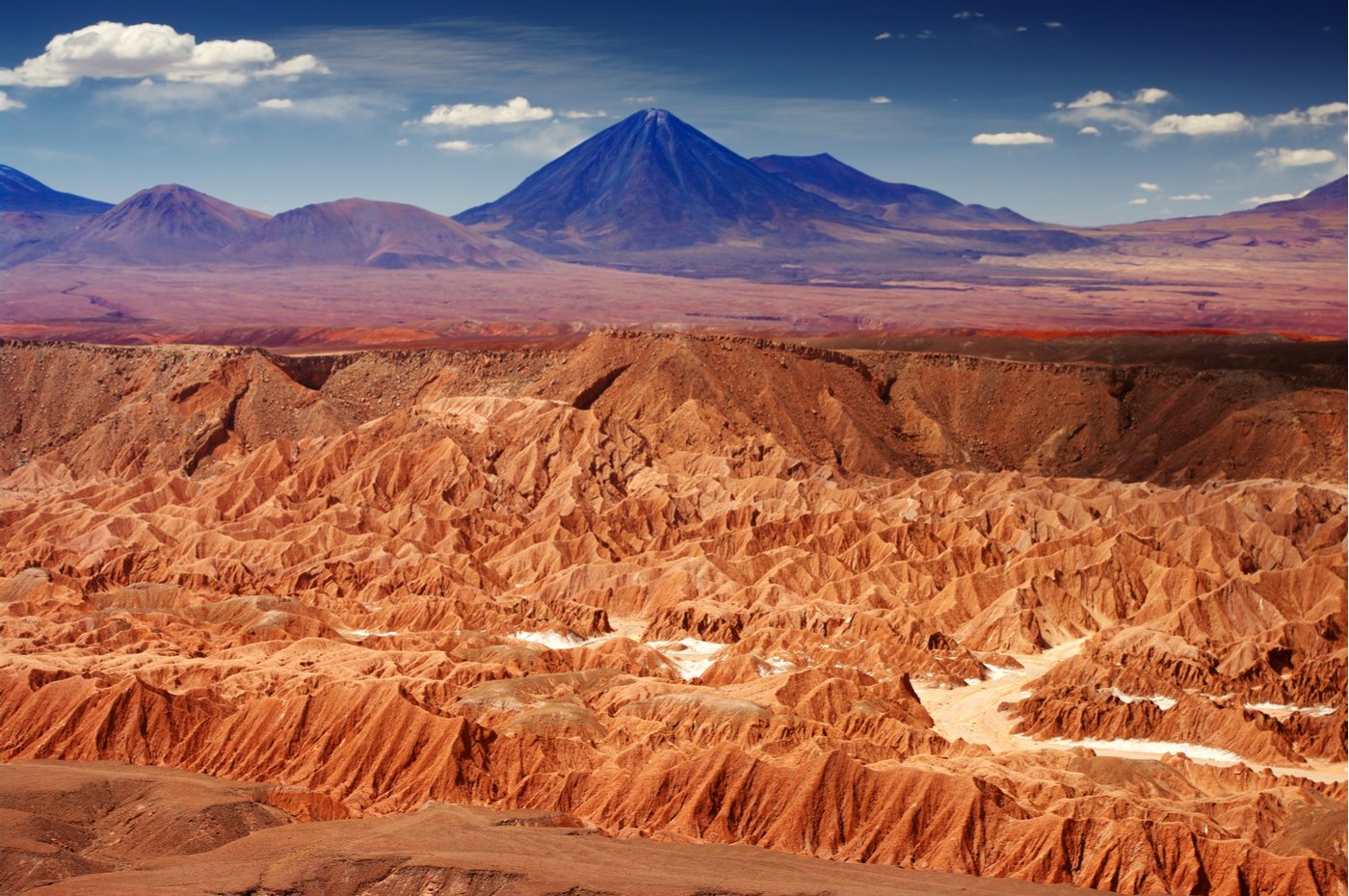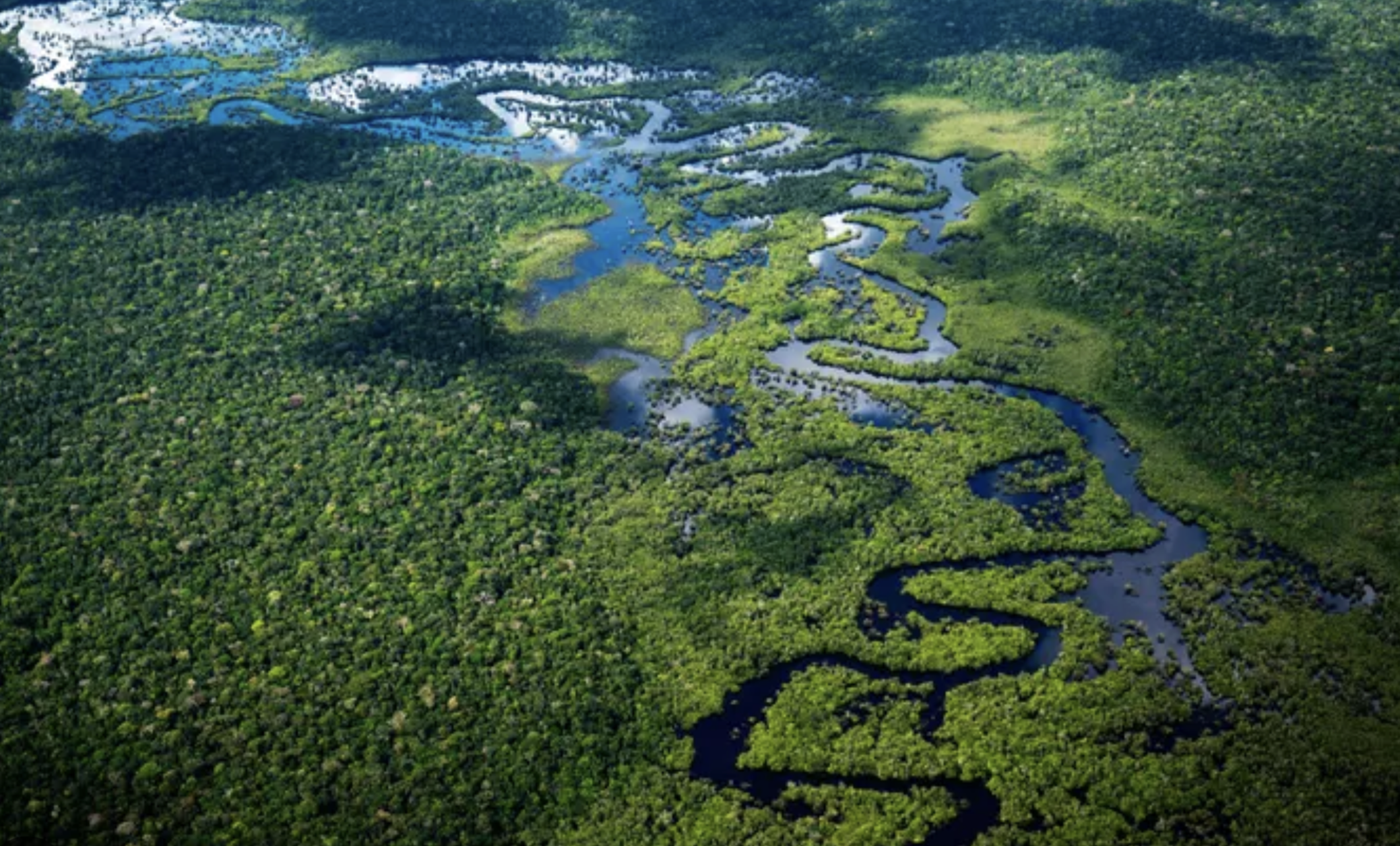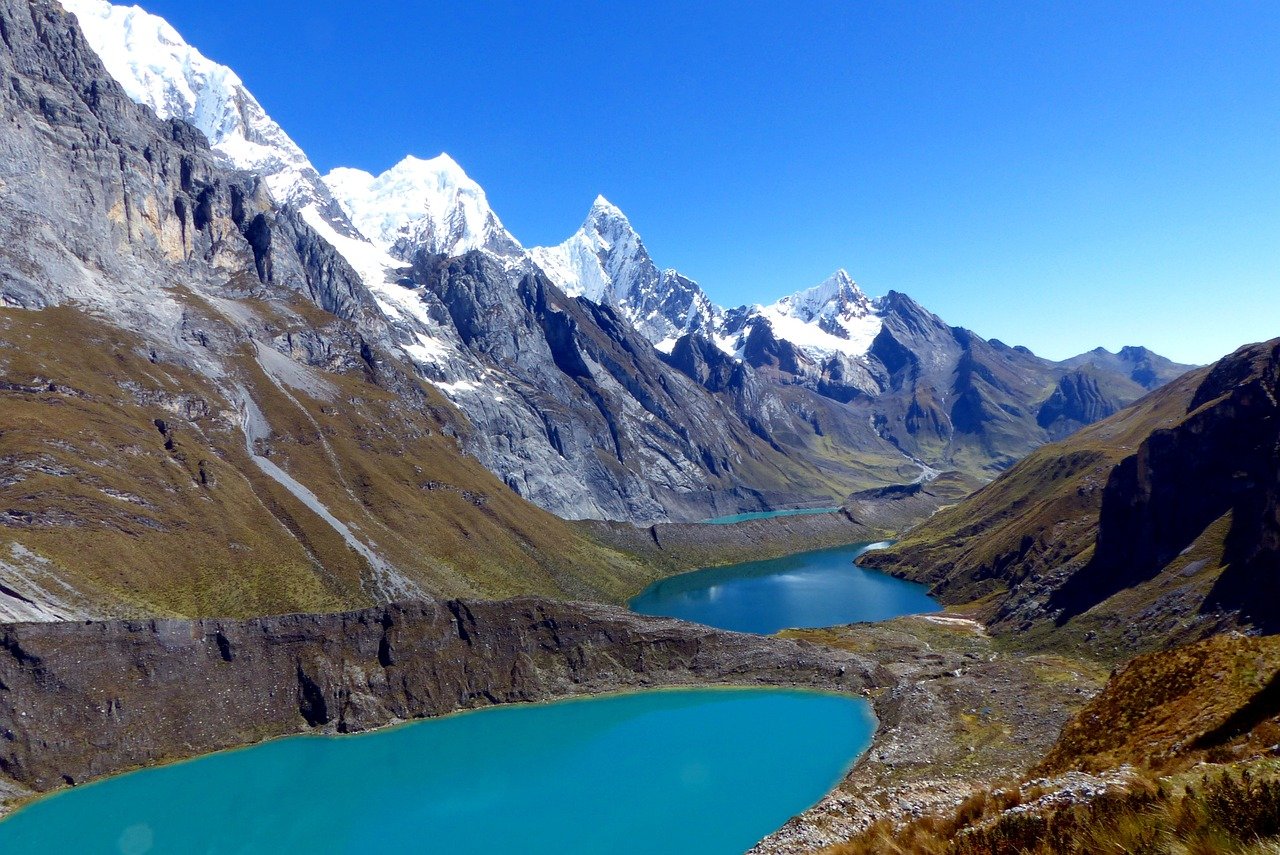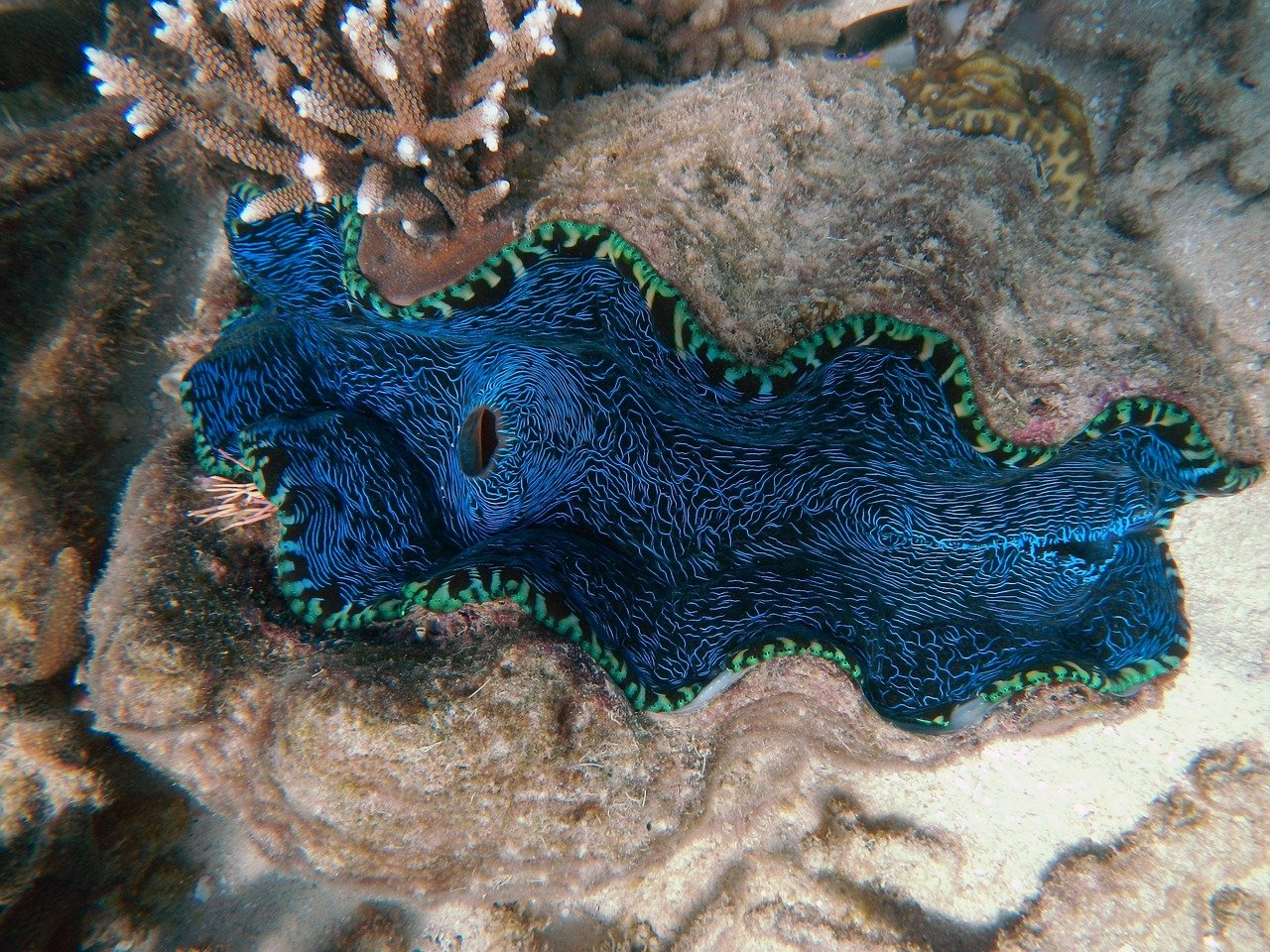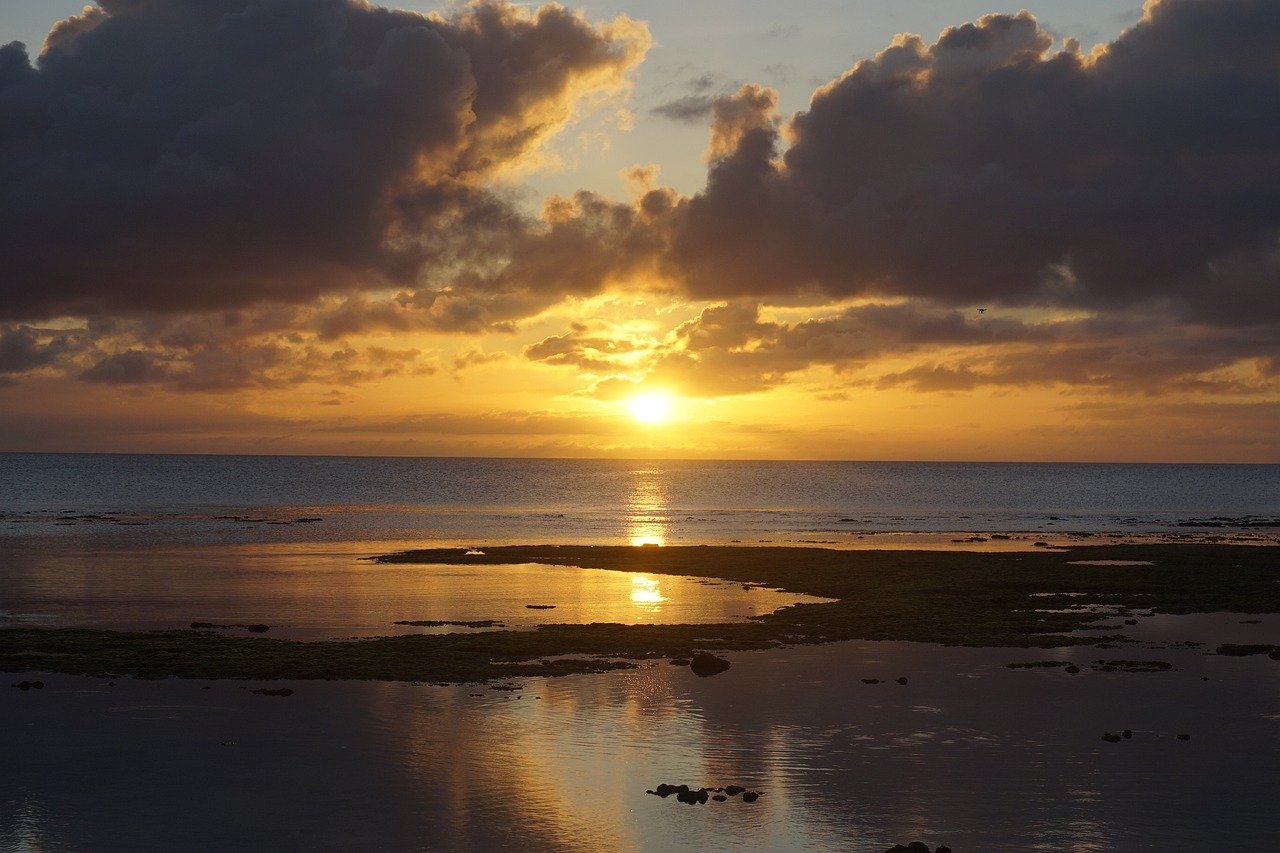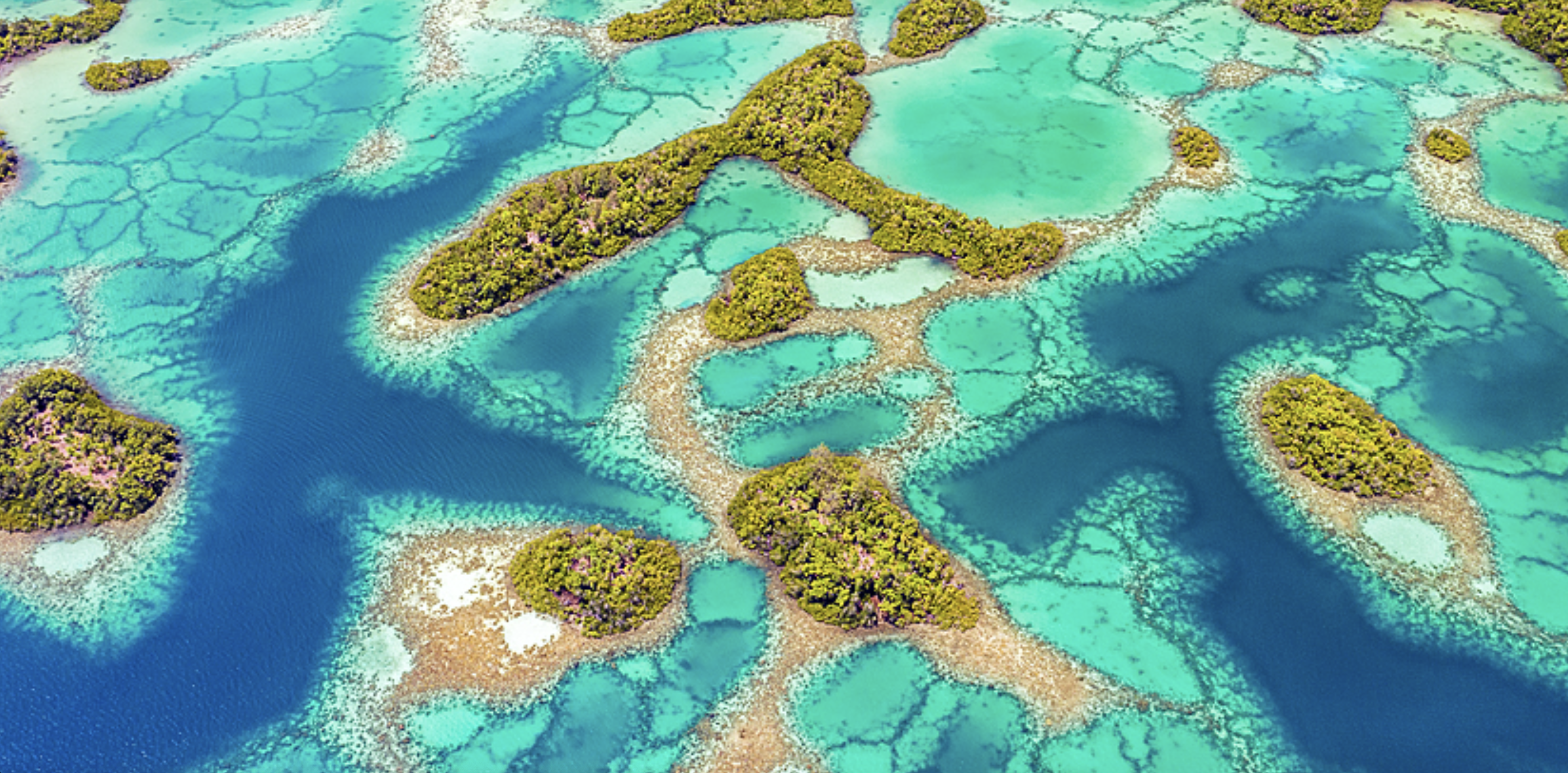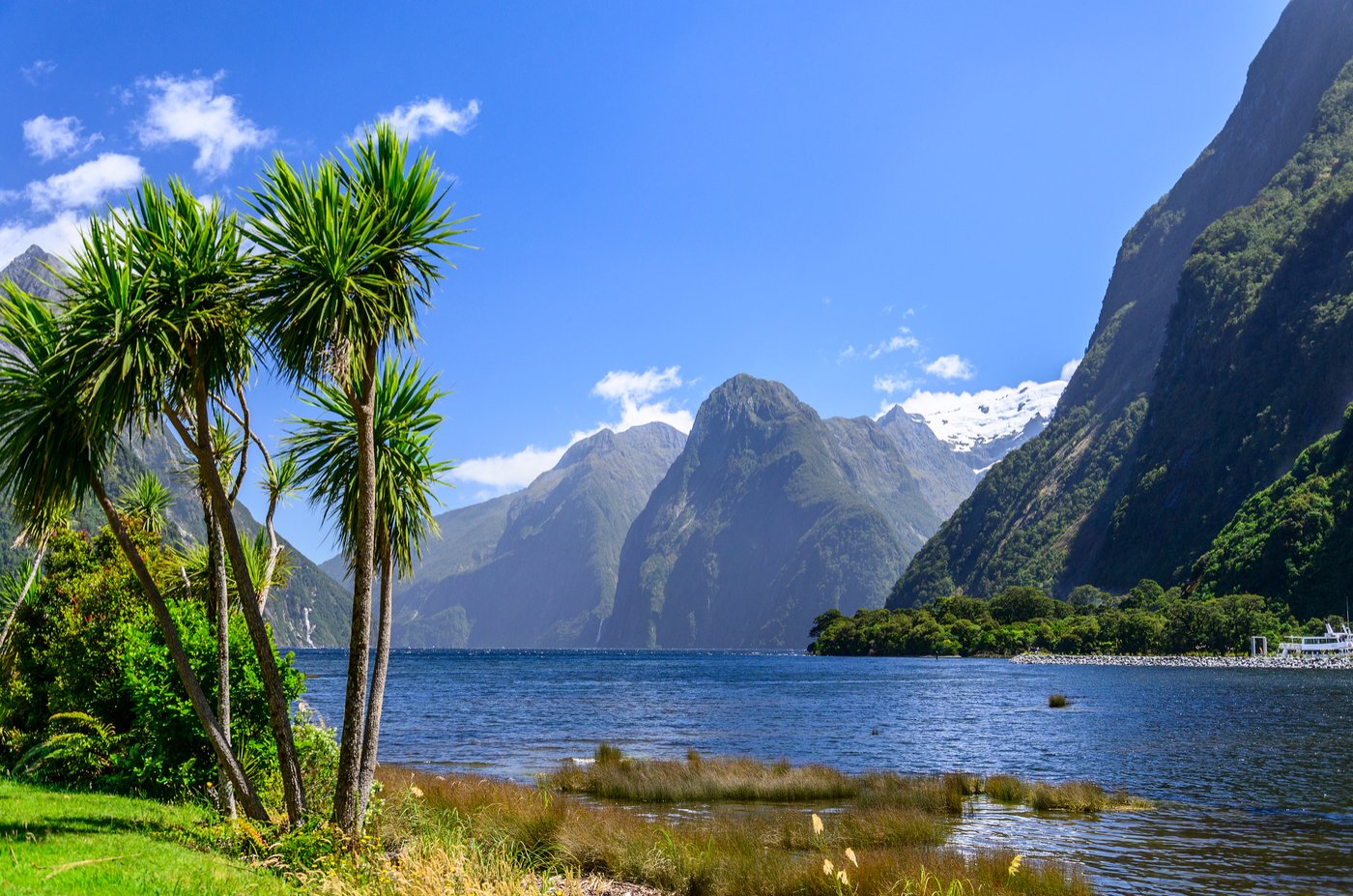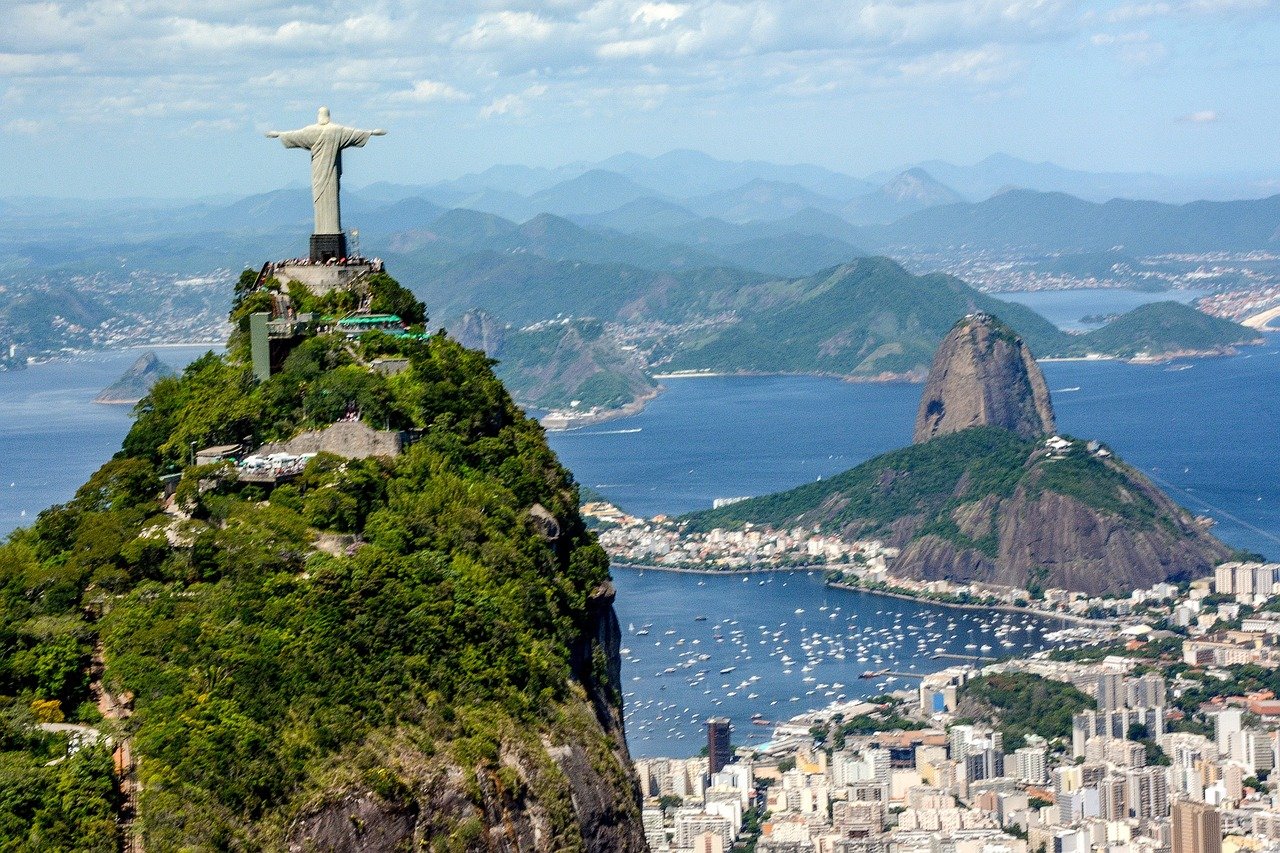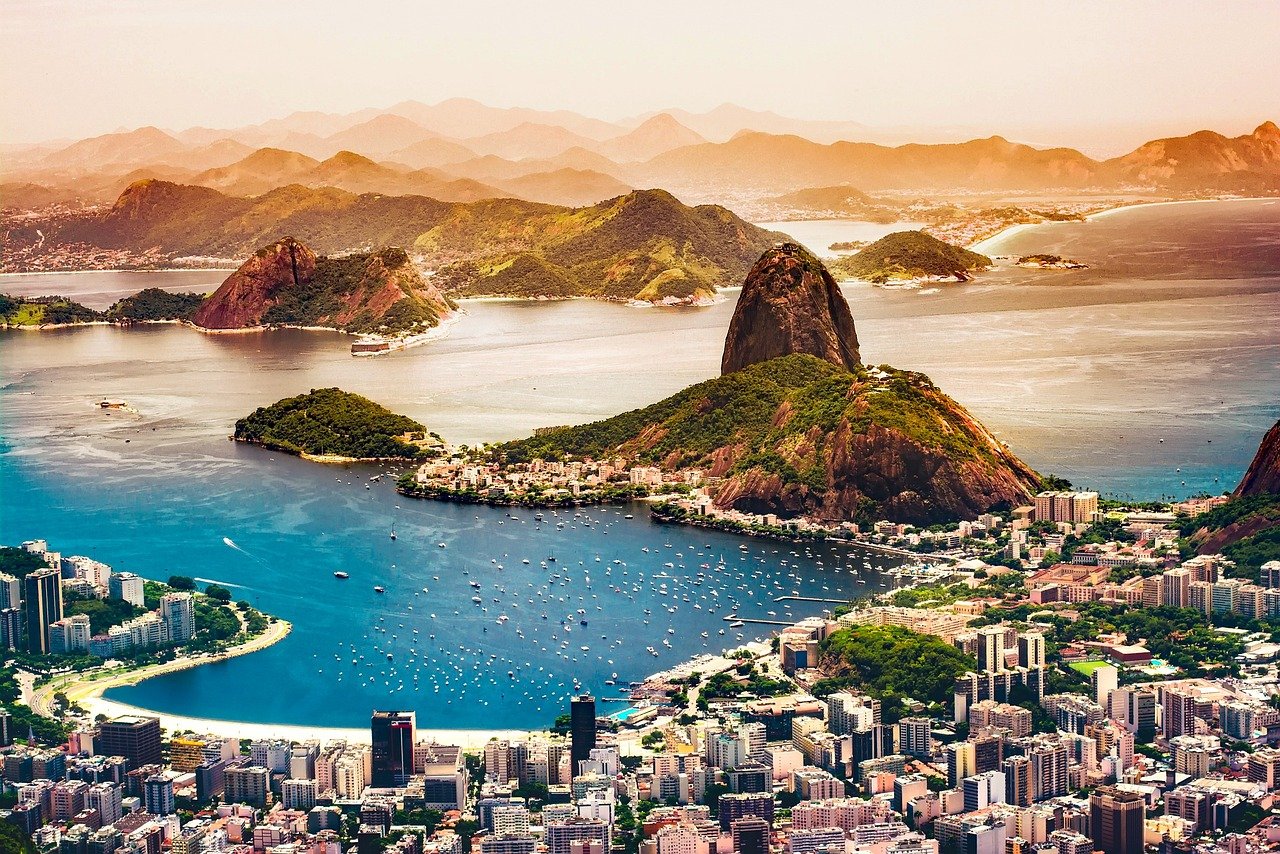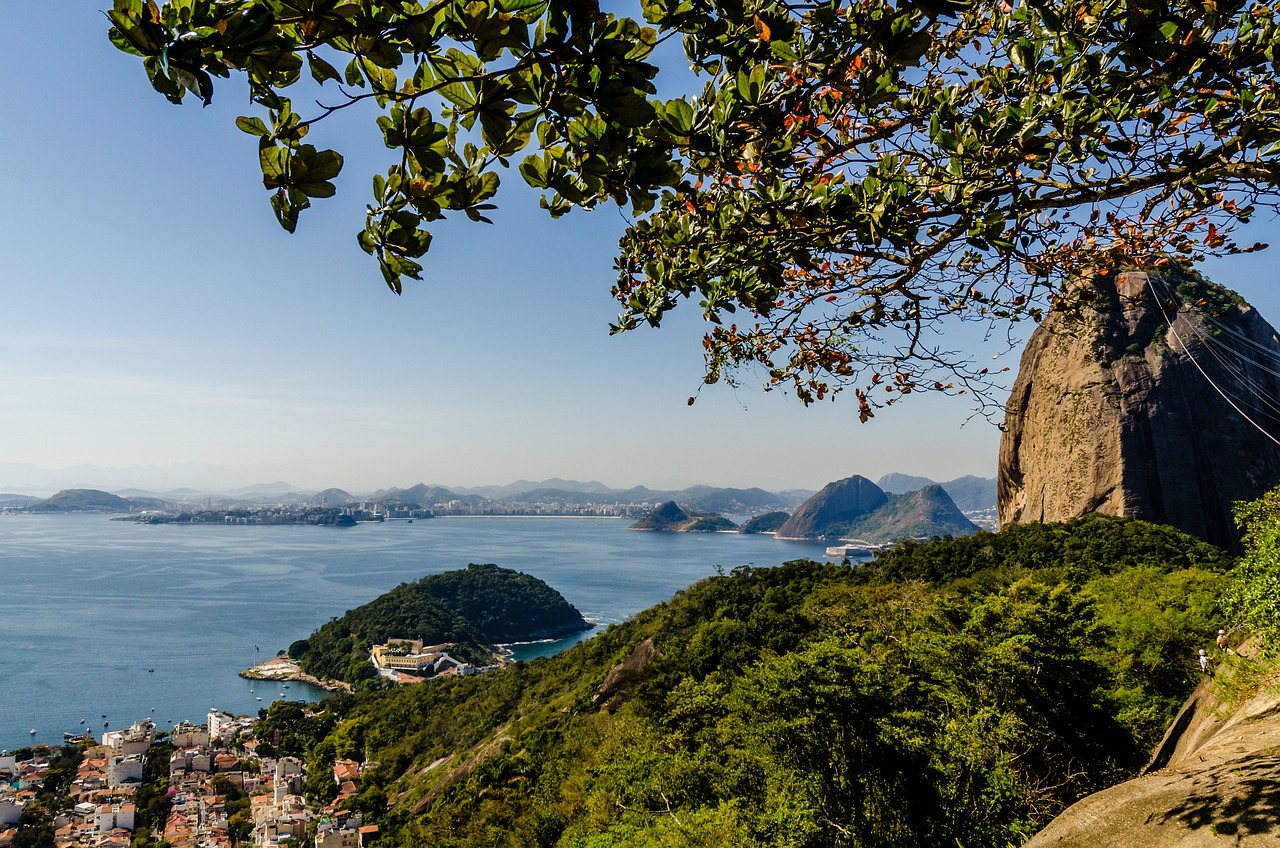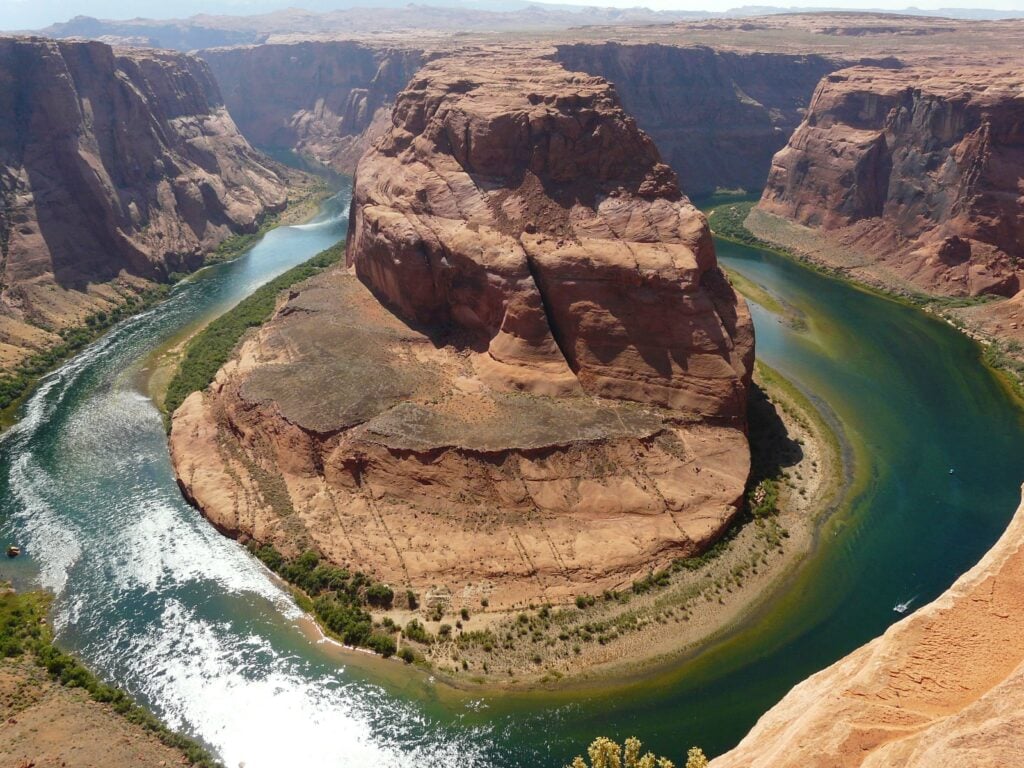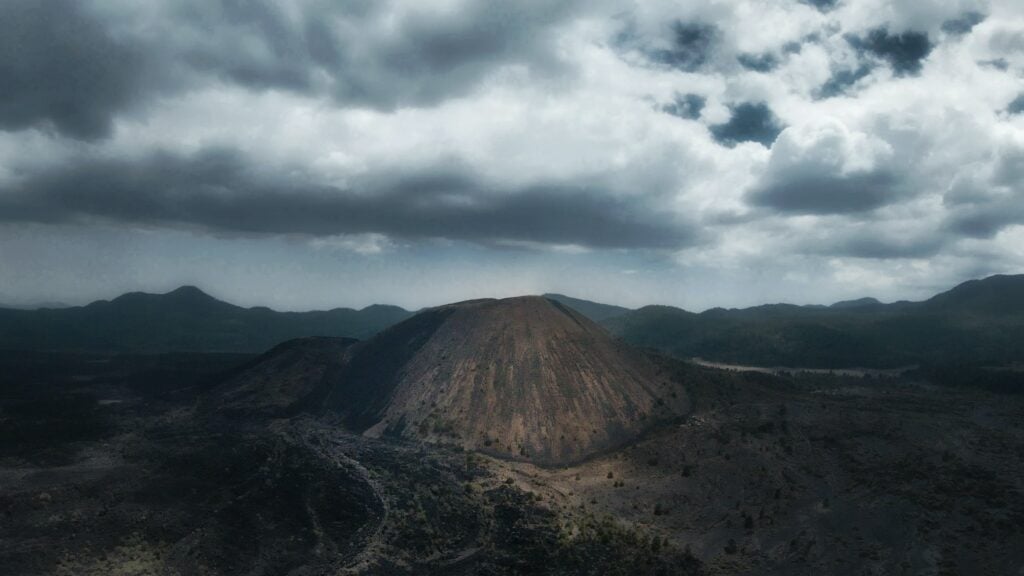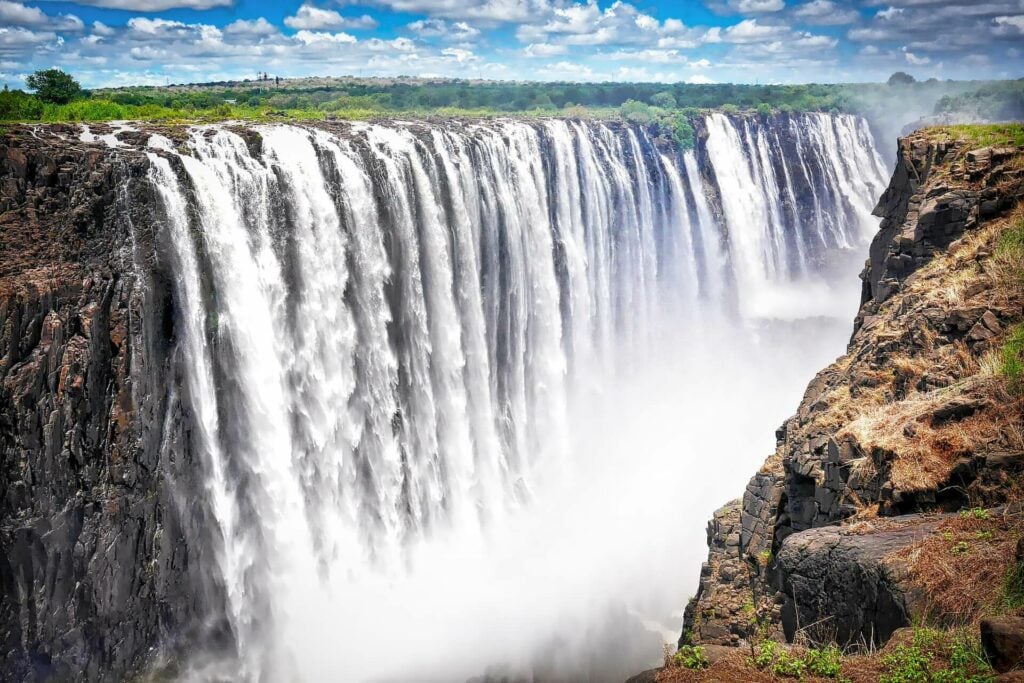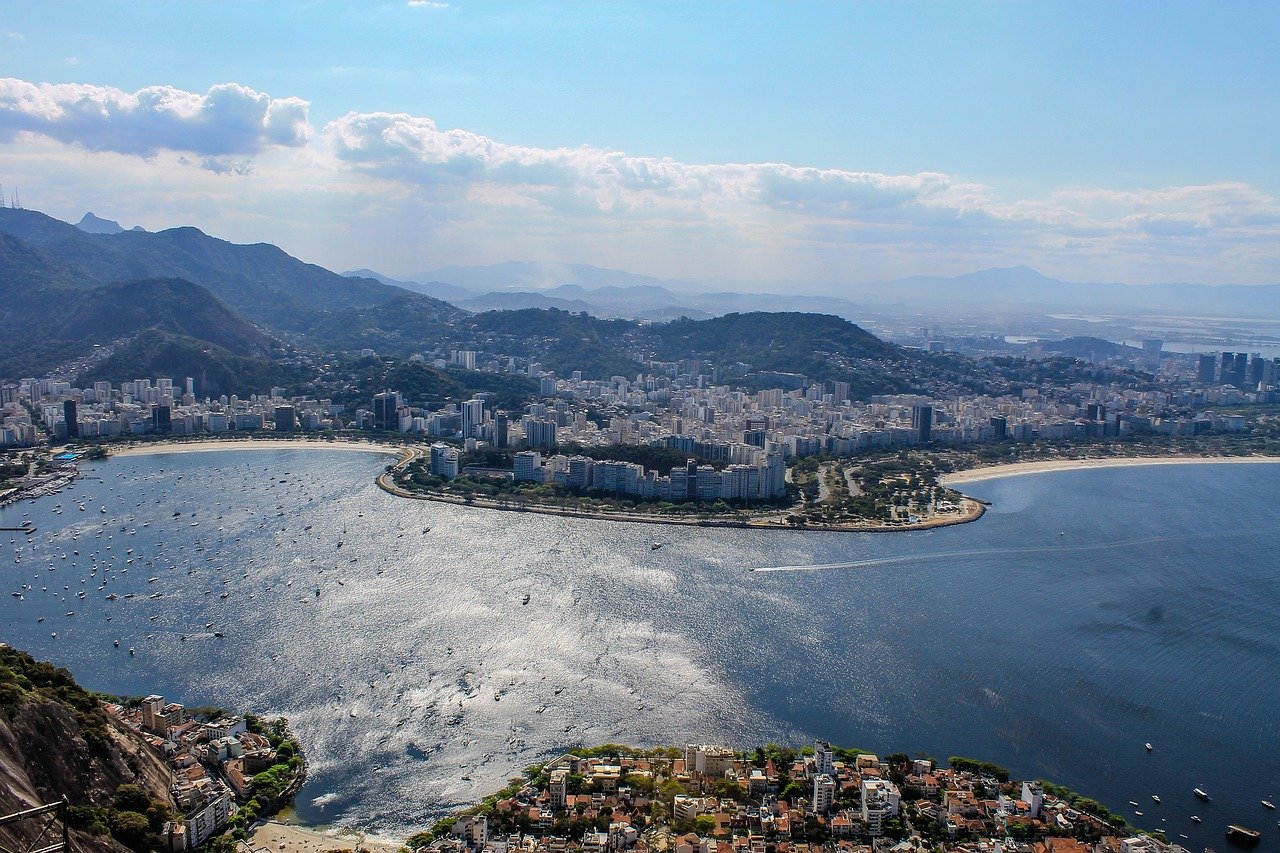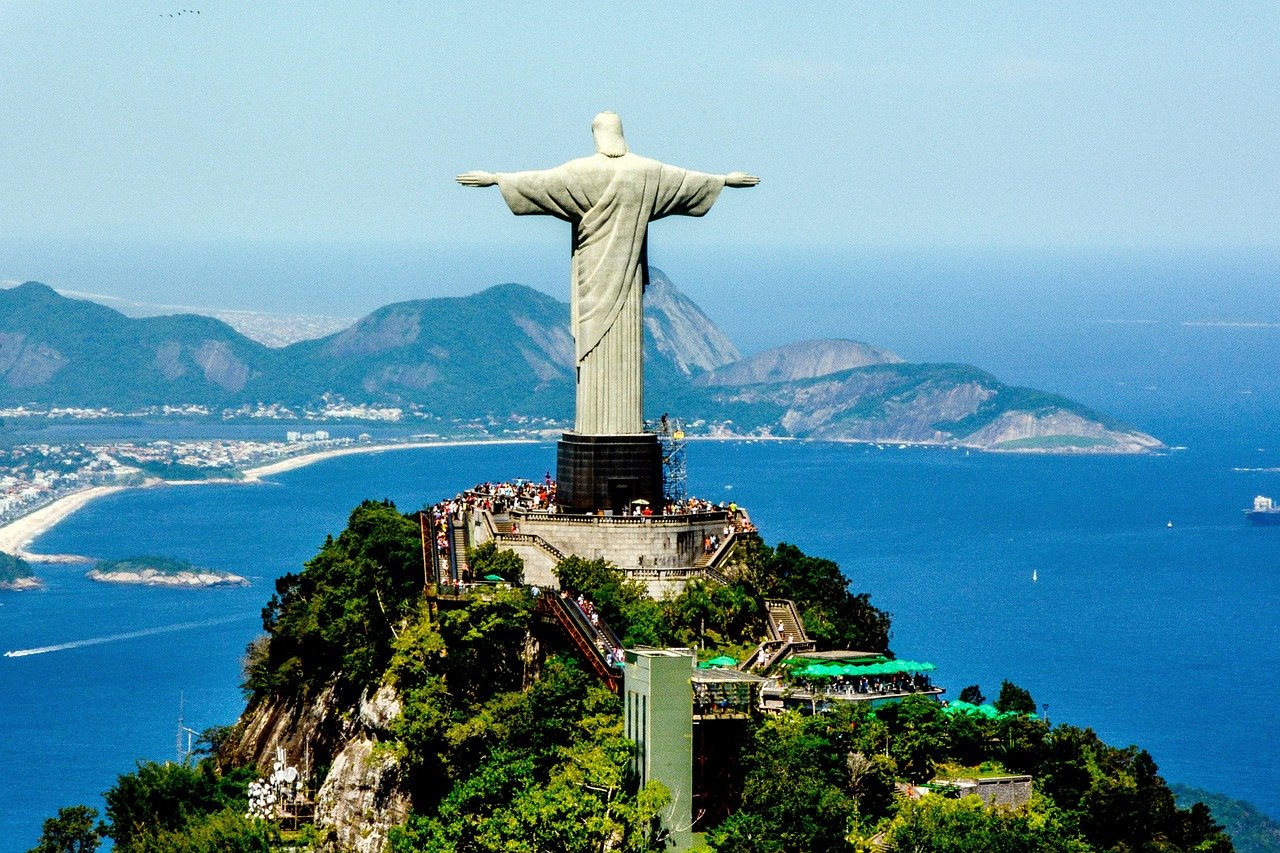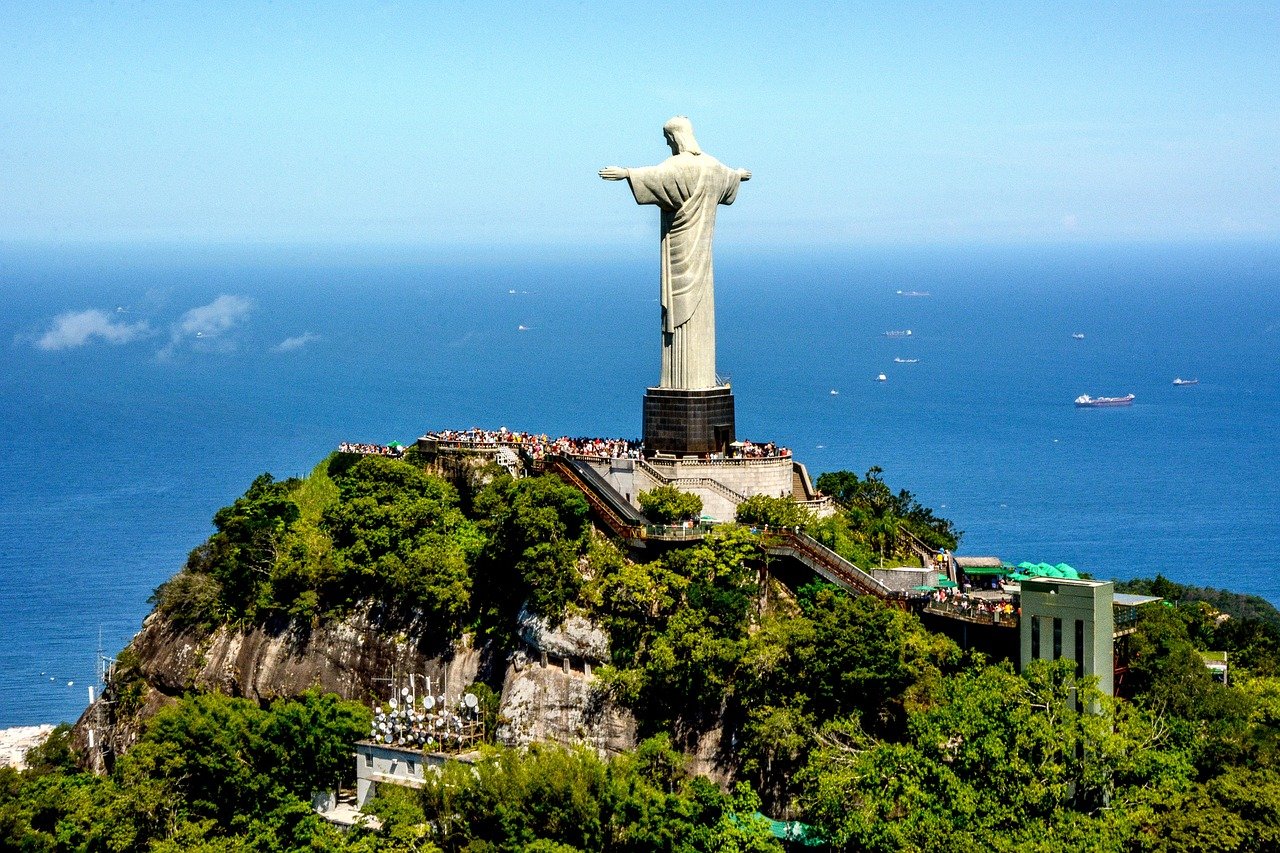The Harbor of Rio de Janeiro is one of the 7 Natural Wonders of the World because it is recognized as the largest bay in the world.
It is undoubtedly a natural marvel with several compelling features that adds to its natural statistical significance:
- Scenic Beauty:
- The harbor boasts breathtaking panoramic views, framed by iconic landmarks such as Sugarloaf Mountain and the Christ the Redeemer statue, creating a visually stunning and iconic landscape.
- Natural Geography:
- The bay’s unique geography, with its protective embrace of the city, creates a distinctive heart-shaped formation, contributing to its aesthetic appeal and symbolism.
- Rich Biodiversity:
- The bay supports diverse marine life, including dolphins, sea turtles, and various fish species. The presence of wildlife enhances its ecological significance and contributes to the overall natural balance.
- Historical Significance:
- The harbor has played a crucial role in the history of Rio de Janeiro, witnessing significant events such as the arrival of Portuguese explorers. Its historical importance adds cultural value to its natural attributes.
- Cultural Connection:
- The harbor is deeply intertwined with Rio de Janeiro’s cultural identity, featuring prominently in literature, art, and music. It serves as a symbol of the city’s energy, vibrancy, and maritime heritage.
- Human Interaction:
- The bay’s shores are dotted with bustling neighborhoods and iconic beaches like Copacabana and Ipanema, showcasing the dynamic interaction between urban life and the natural environment.
- Tourist Attraction:
- The Harbor of Rio de Janeiro is a major tourist attraction, drawing visitors from around the world to witness its beauty and experience the diverse range of activities it offers, from boat tours to hiking.
The Harbor of Rio de Janeiro’s combination of natural grandeur, biodiversity, historical importance, and cultural significance undoubtedly positions it as a remarkable and awe-inspiring natural wonder in its own right.


